#Assessment#Determine#System Components
"Peace of Mind Guaranteed with Our State-of-the-Art CCTV Equipment"
Stage 1: Assess Your Security Needs
Coverage Area: Determine the areas you want to monitor, both indoors and outdoors. Identify vulnerable spots such as entrances, parking lots, or blind spots that require special attention.
Purpose: Define the purpose of your CCTV system. Are you primarily focused on preventing theft, monitoring activities, or ensuring the safety of your employees and loved ones? Understanding your primary objectives will help in selecting the right features.
Lighting Conditions: Evaluate the lighting conditions in and around your property. If you have low-light areas, you may need cameras with advanced night vision capabilities.
Integration: Consider any existing security systems or infrastructure that you may want to integrate with your CCTV system, such as access control systems or alarm systems.
Stage 2: Determine the Right Camera Types
Dome Cameras: Ideal for indoor applications, dome cameras are discreet and blend well with the surroundings. They offer wide-angle coverage and are often used in retail stores, offices, and residential settings.
Bullet Cameras: Bullet cameras are designed for outdoor use and are known for their robustness and weather resistance. They provide excellent long-range visibility and are commonly used for perimeter surveillance.
PTZ Cameras: PTZ (Pan-Tilt-Zoom) cameras offer the flexibility to remotely control the camera's movement and zoom capabilities. They are suitable for large areas that require monitoring and can provide close-up views of specific points of interest.
Thermal Cameras: Thermal cameras use heat signatures to detect and capture images. They are particularly effective in low-light or no-light conditions and are ideal for monitoring large areas or detecting intrusions.
Stage 3: Consider Essential Features and System Components
Resolution: Higher resolution cameras provide clearer and more detailed images. Options range from standard definition (SD) to high definition (HD) and even ultra-high definition (4K) cameras.
Video Storage: Determine the amount of video storage you require based on your recording needs. Options include local storage devices or cloud-based solutions for easy access and remote viewing.
Remote Viewing and Mobile Integration: Look for CCTV systems that offer remote viewing capabilities, allowing you to monitor your property from anywhere using a smartphone or computer.
Analytics and Advanced Features: Consider advanced features such as motion detection, facial recognition, and object tracking, which can enhance the security capabilities of your CCTV system.








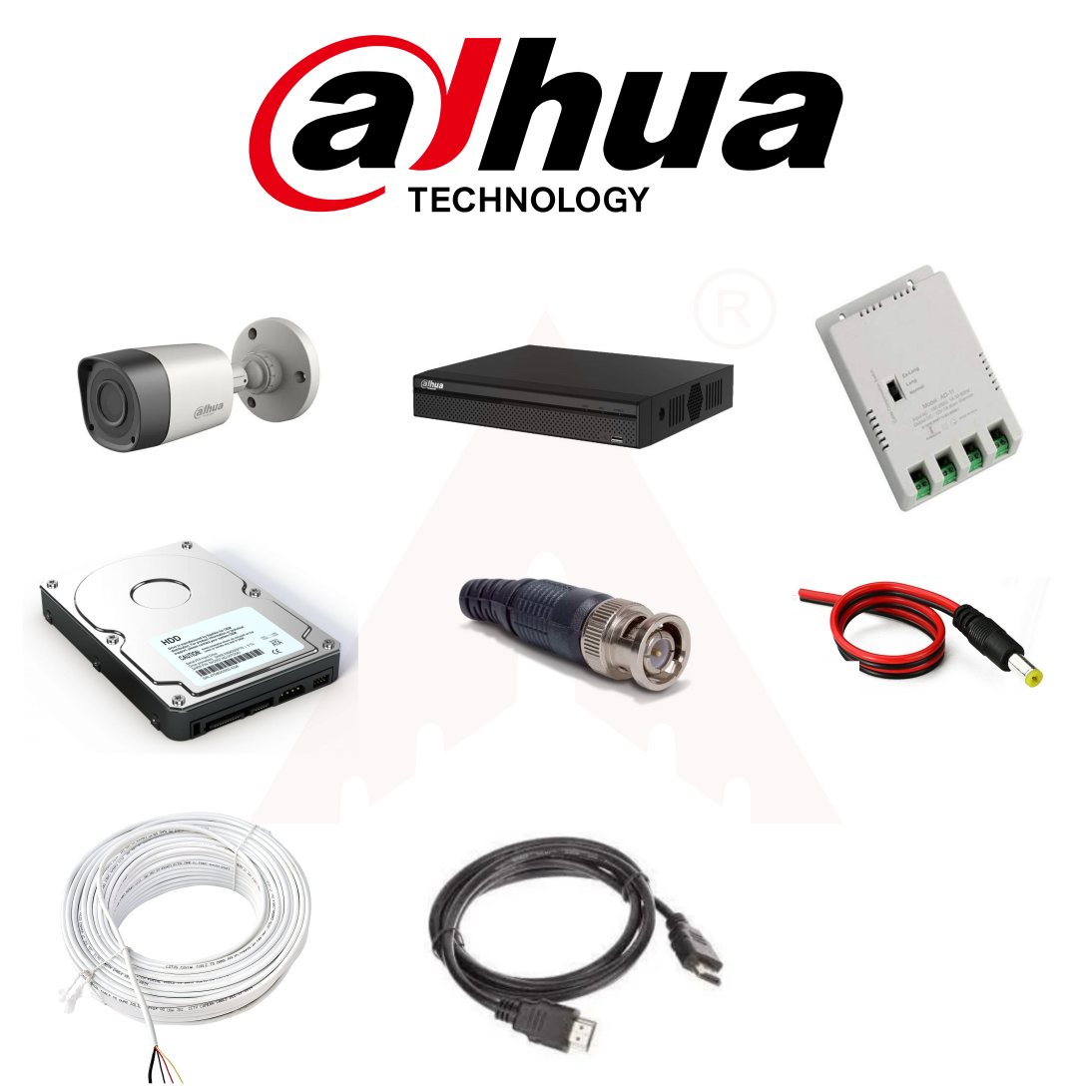
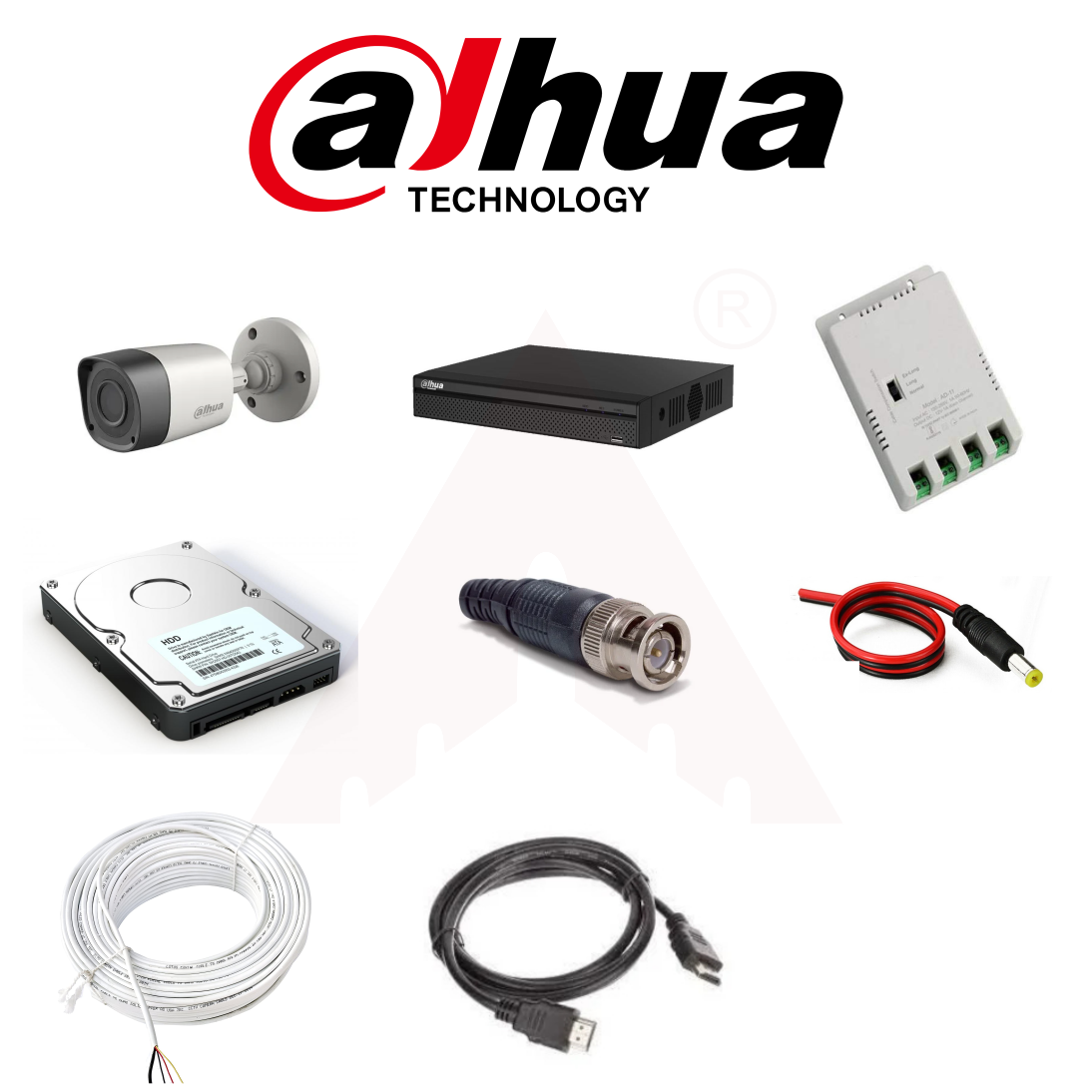













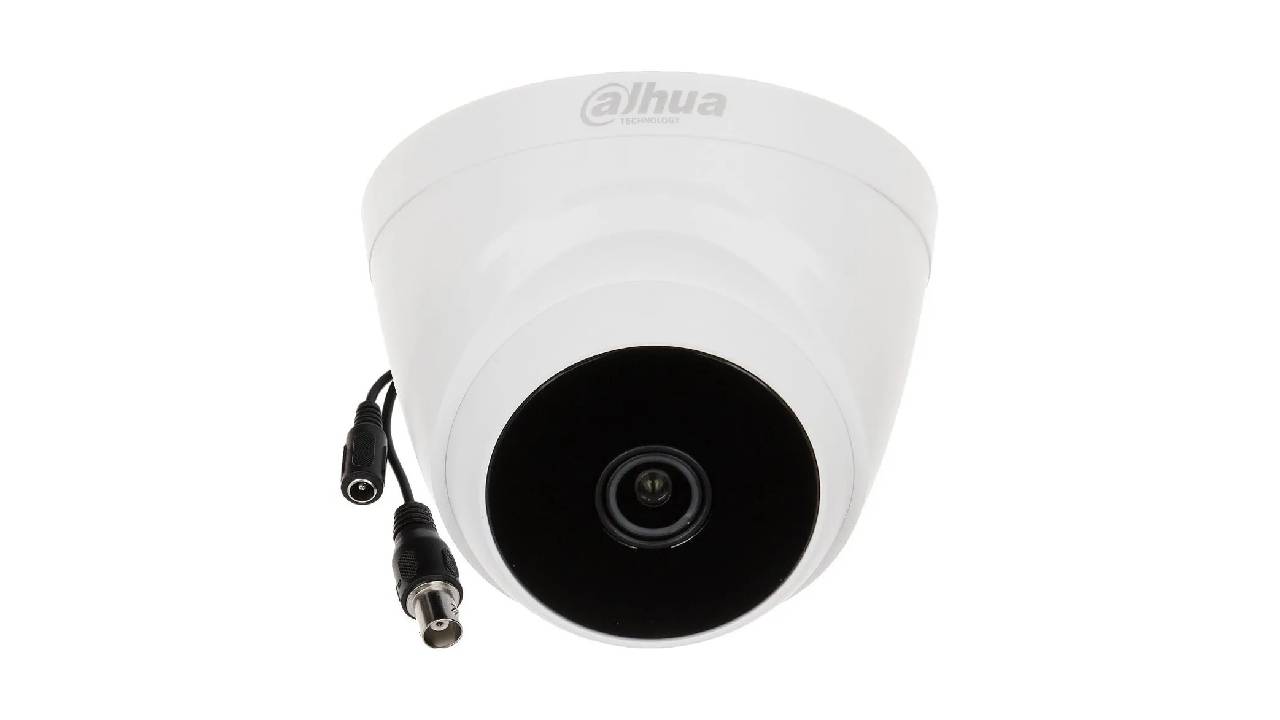
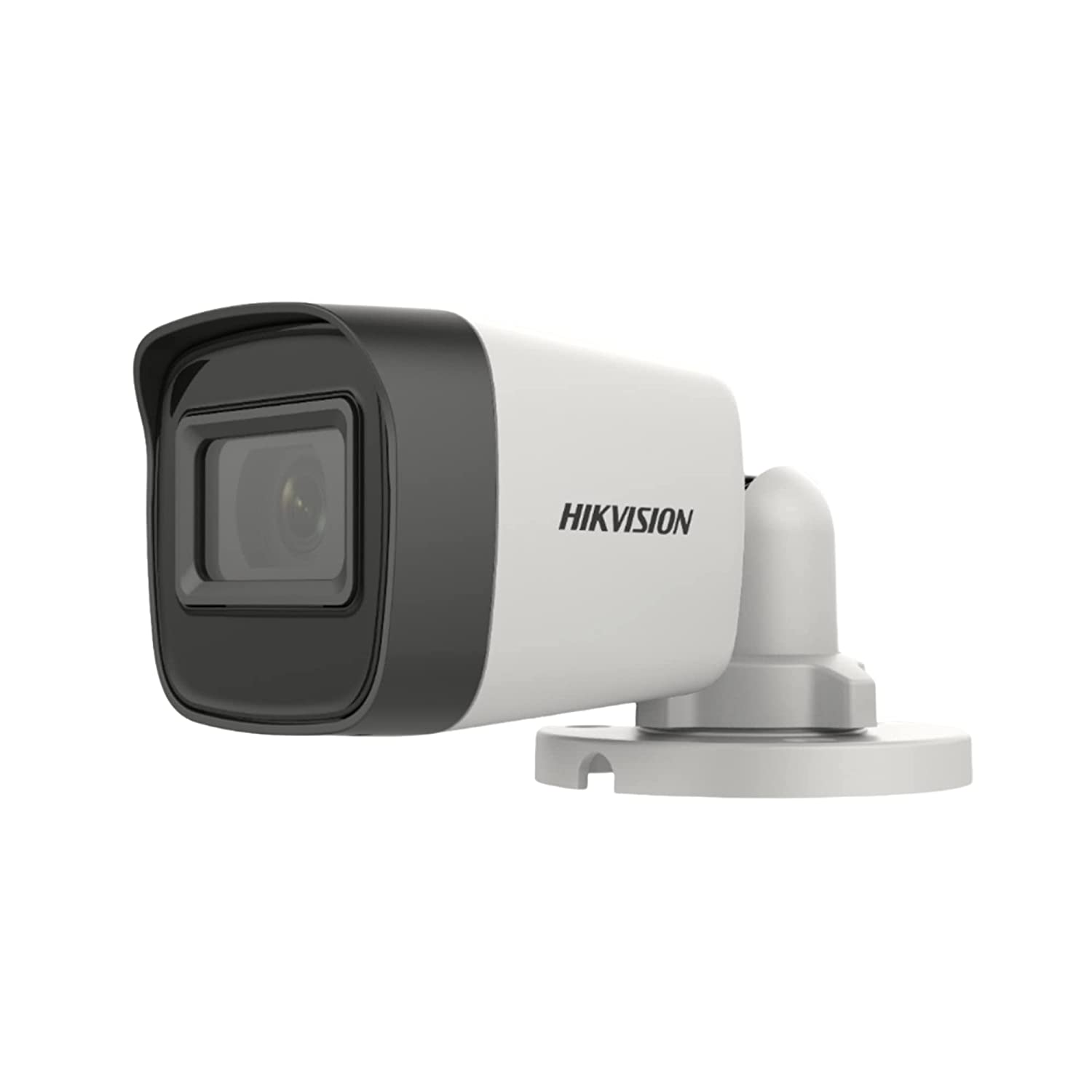
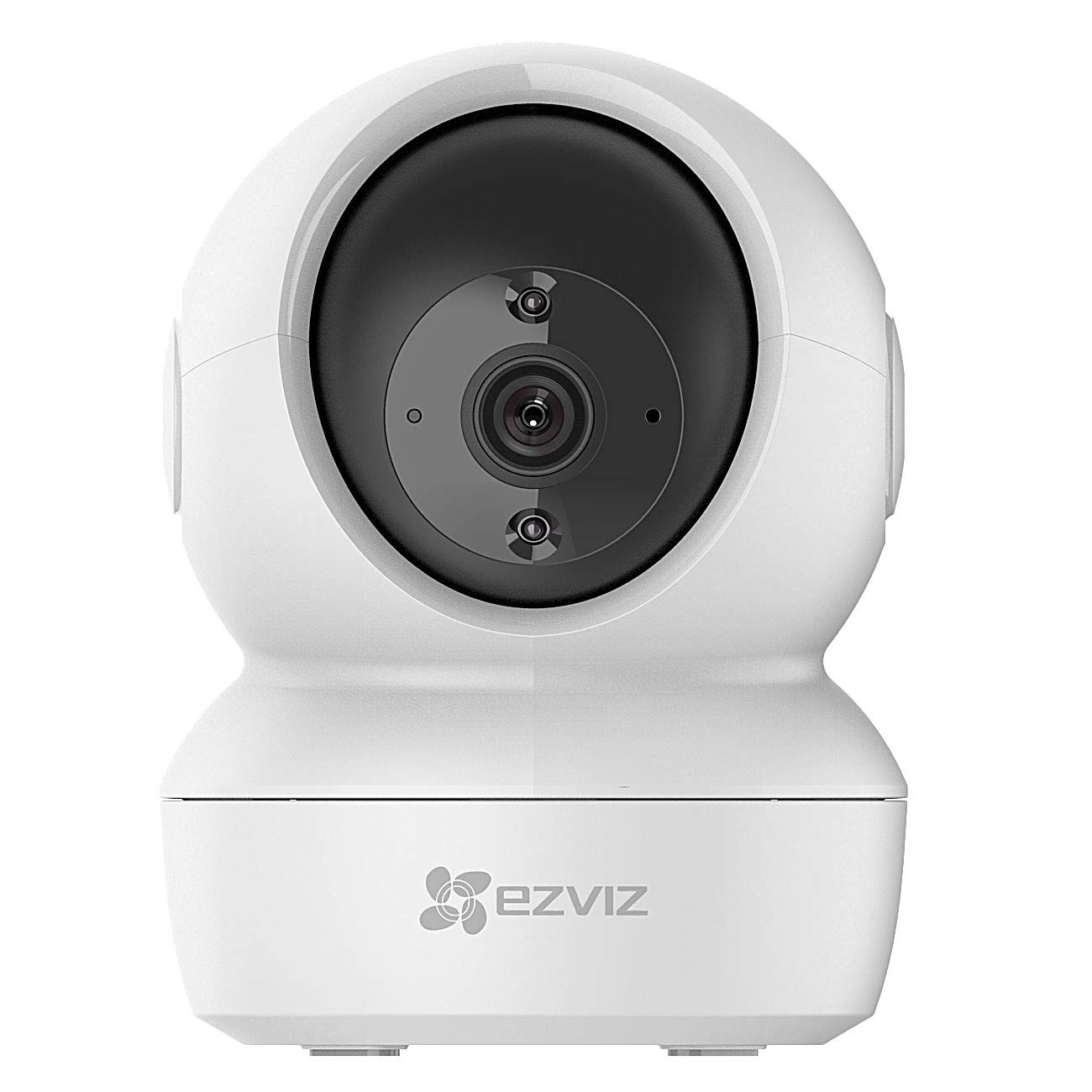
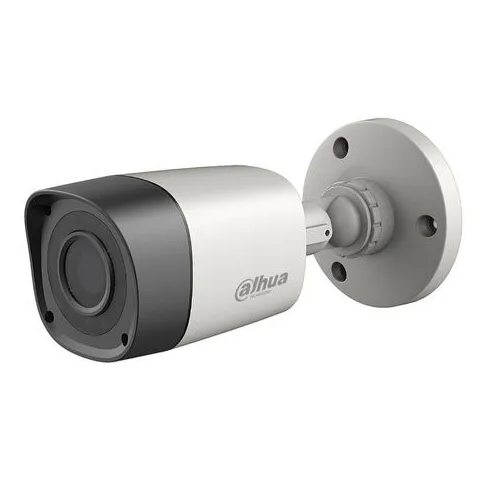
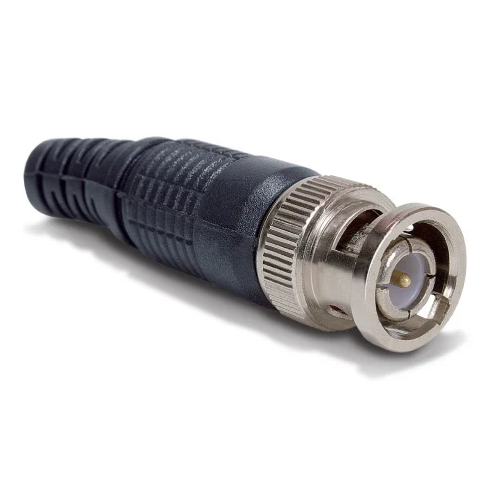
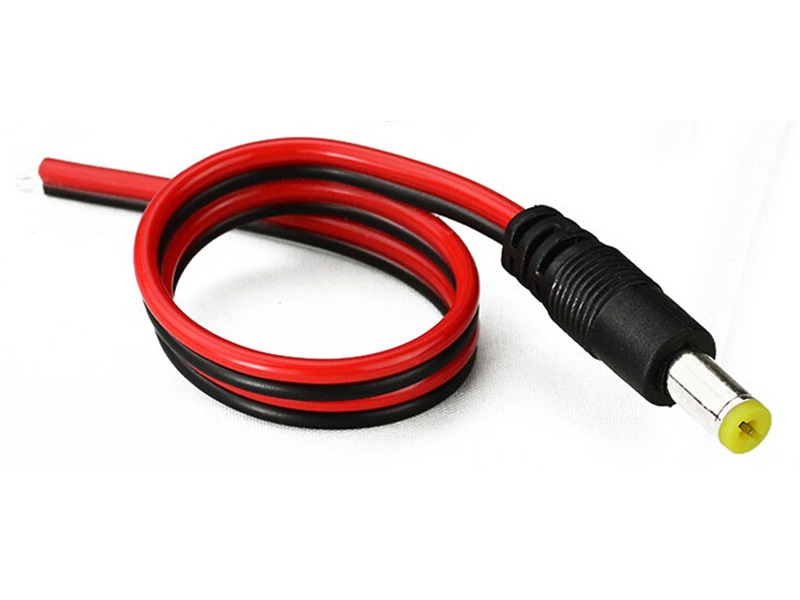
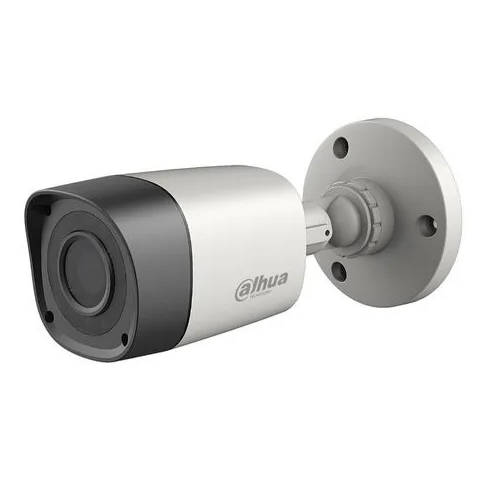
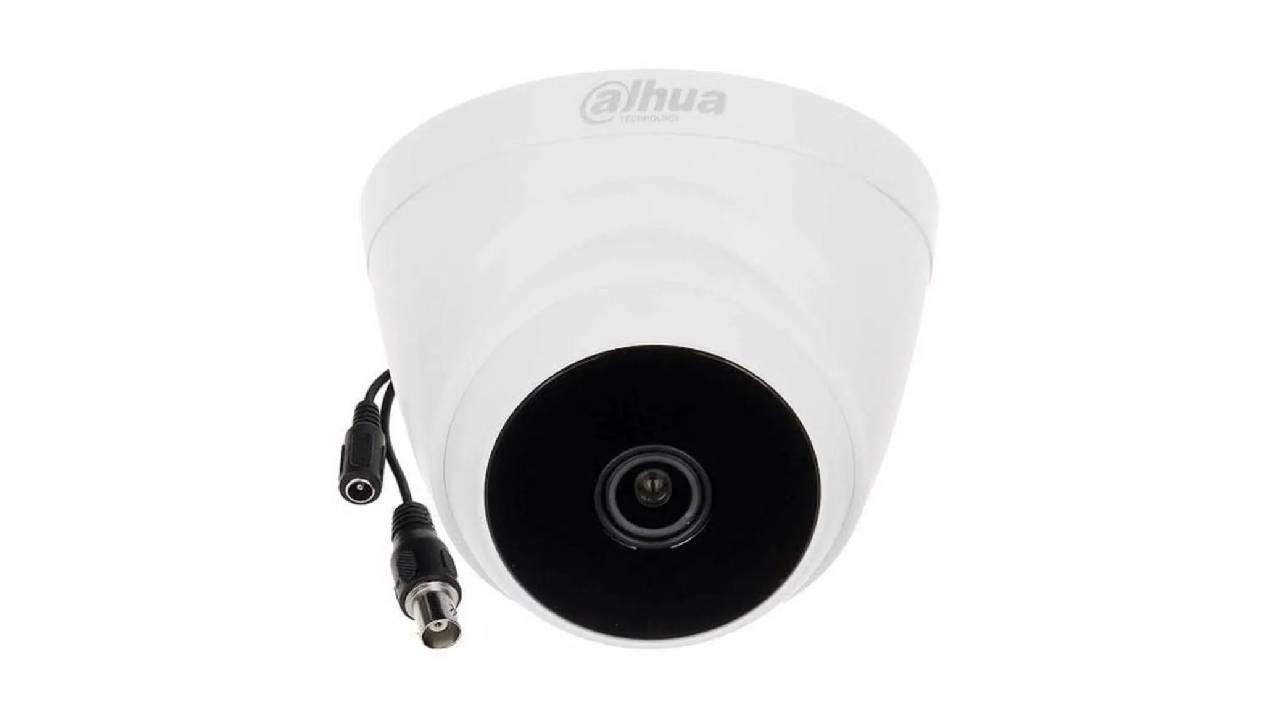
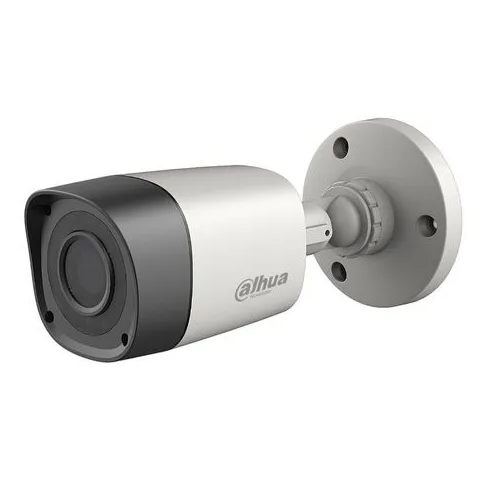
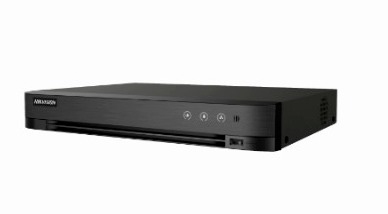
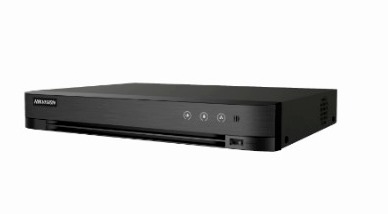
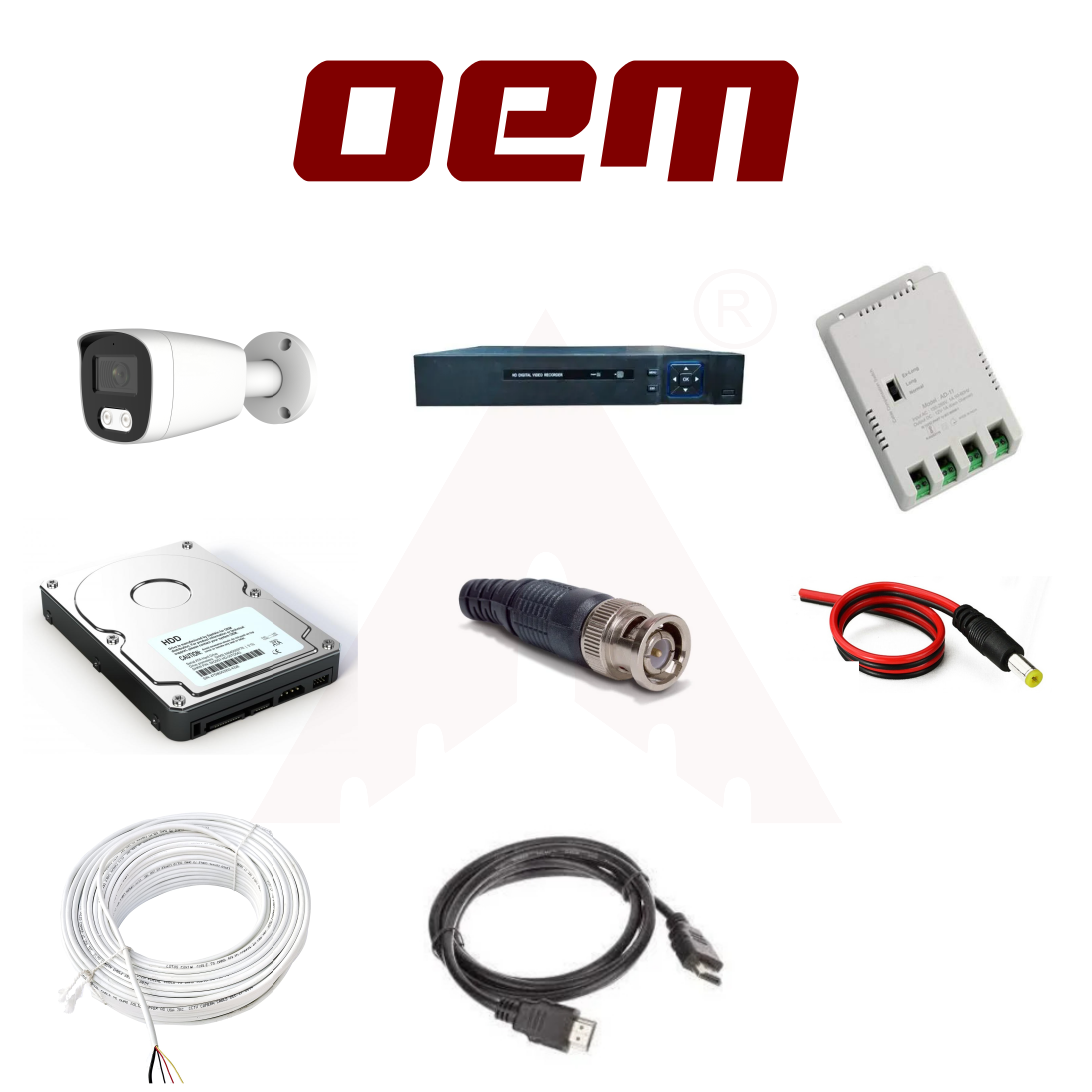
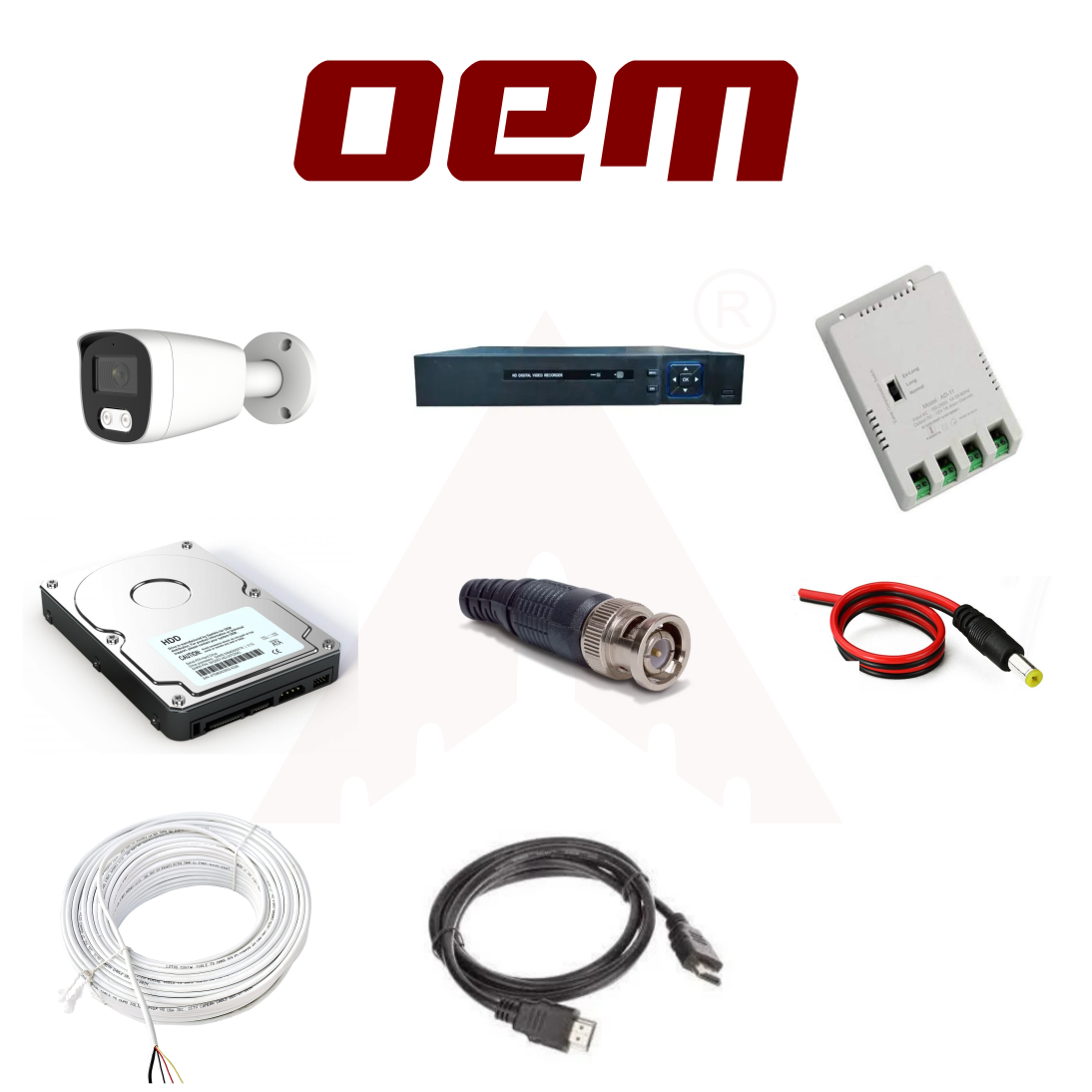
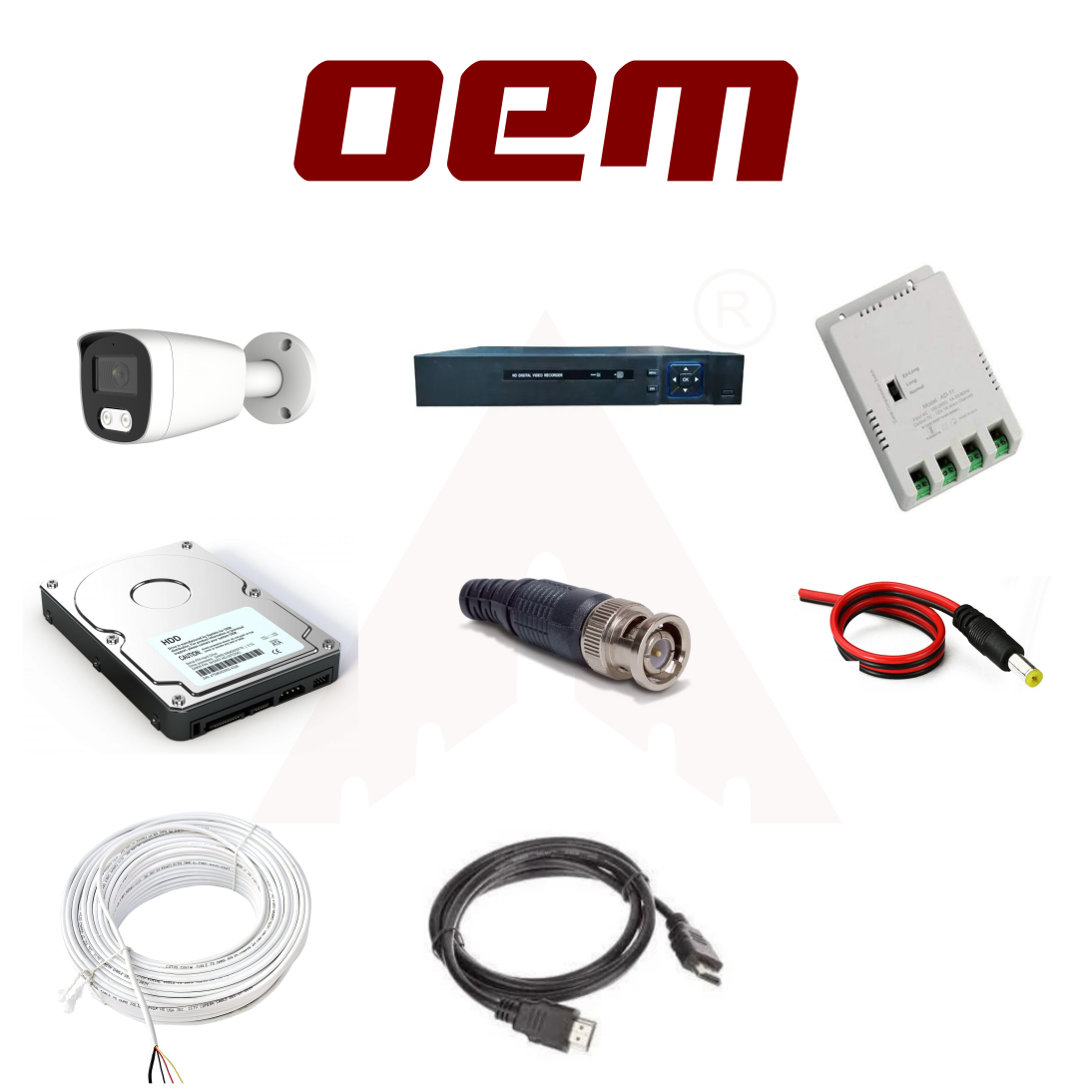
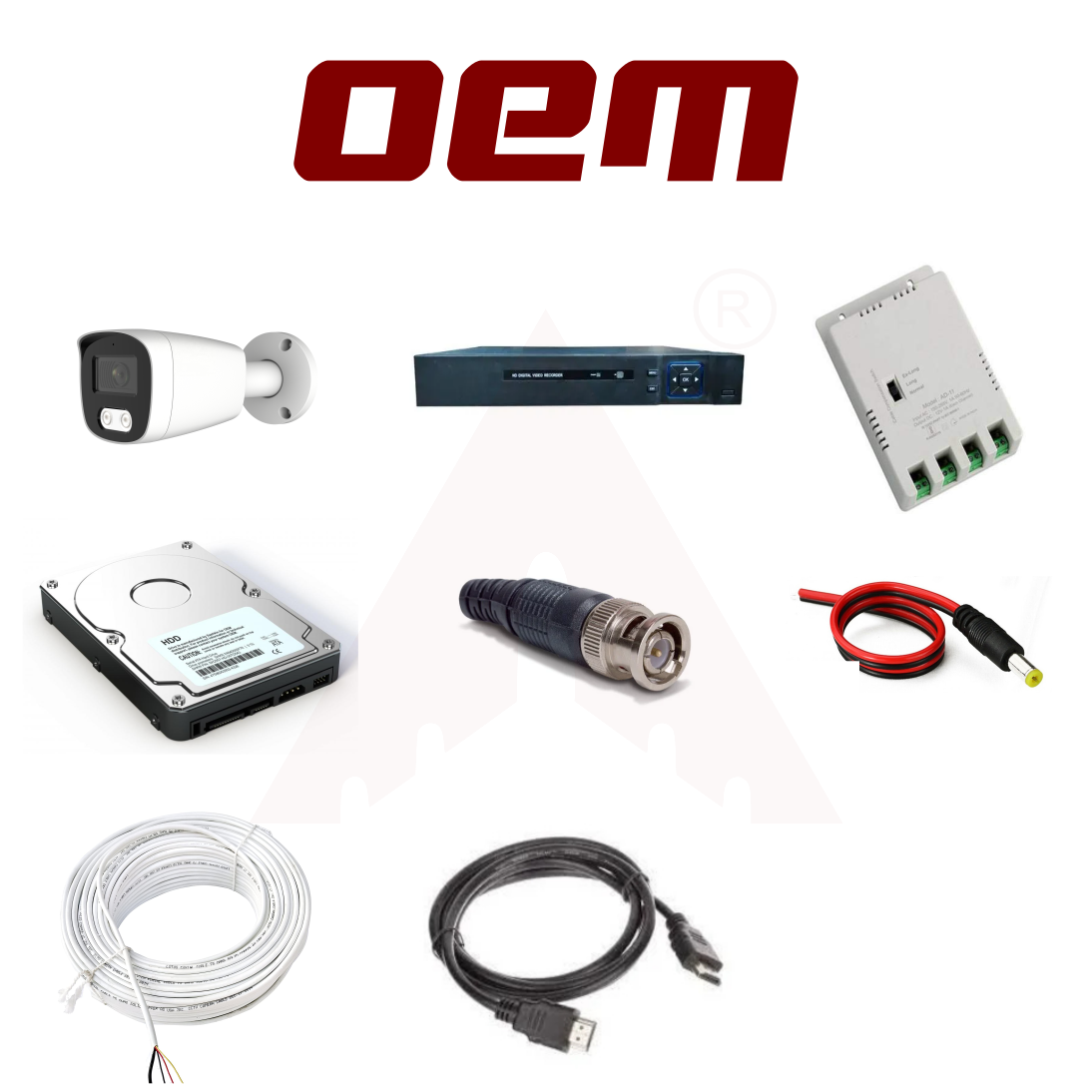
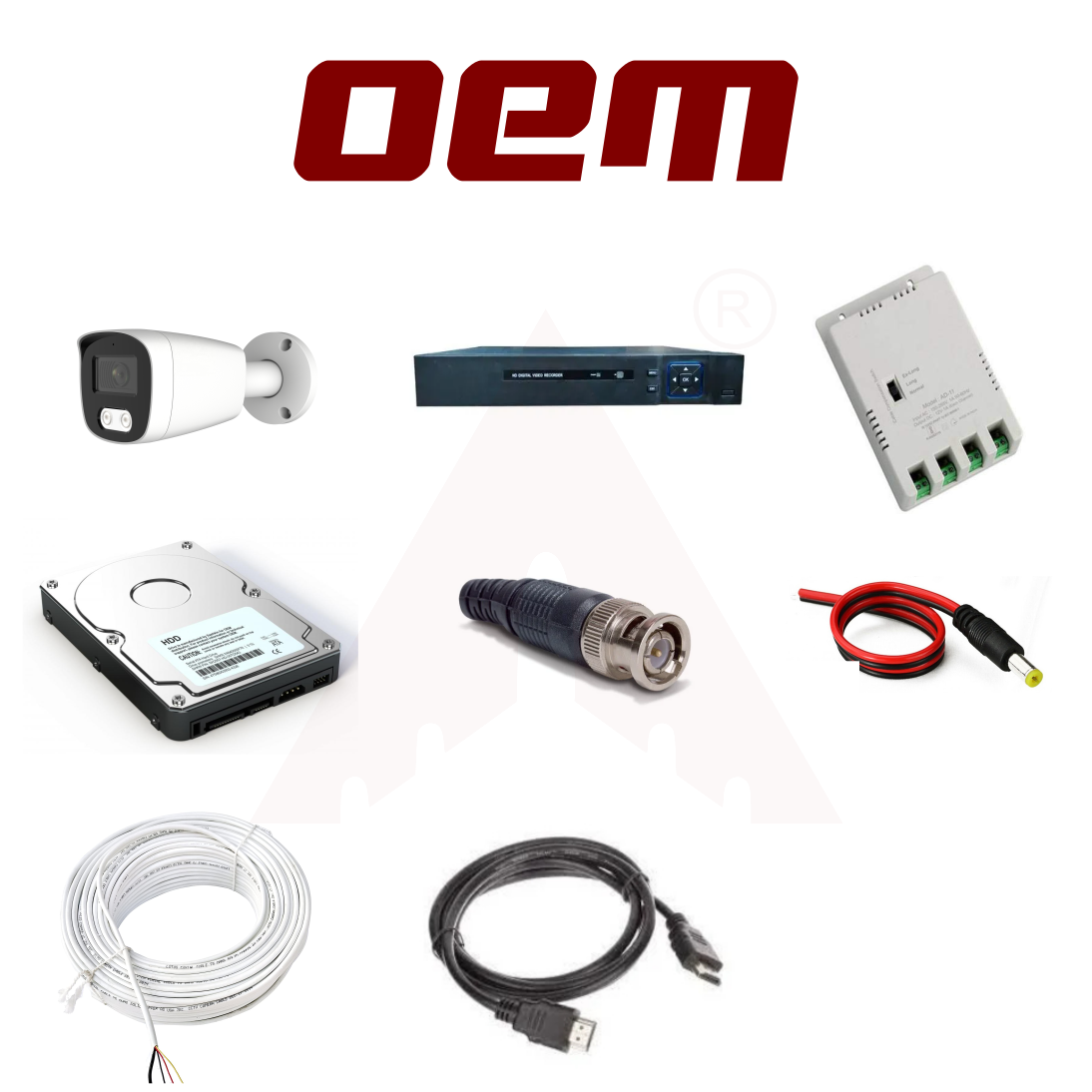
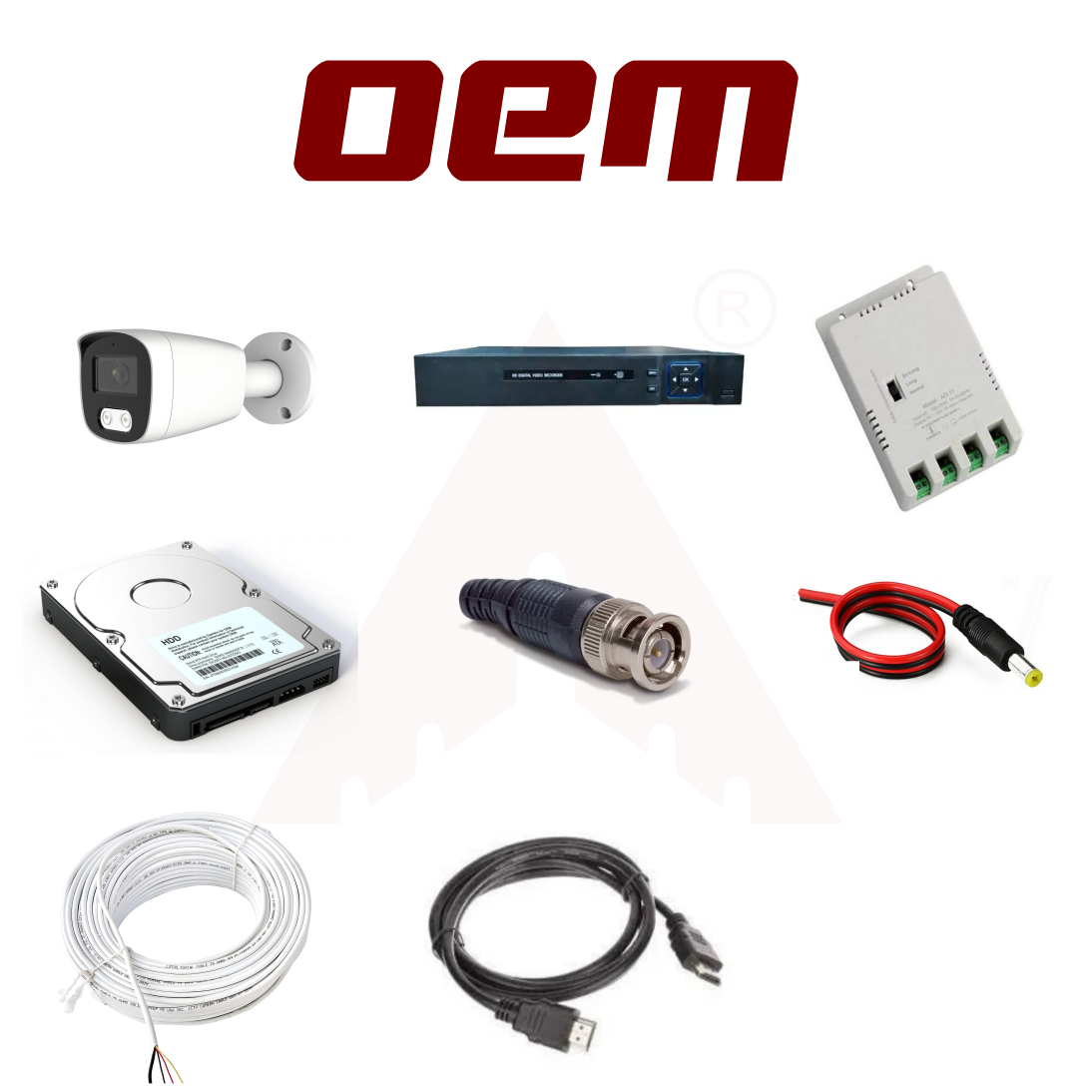
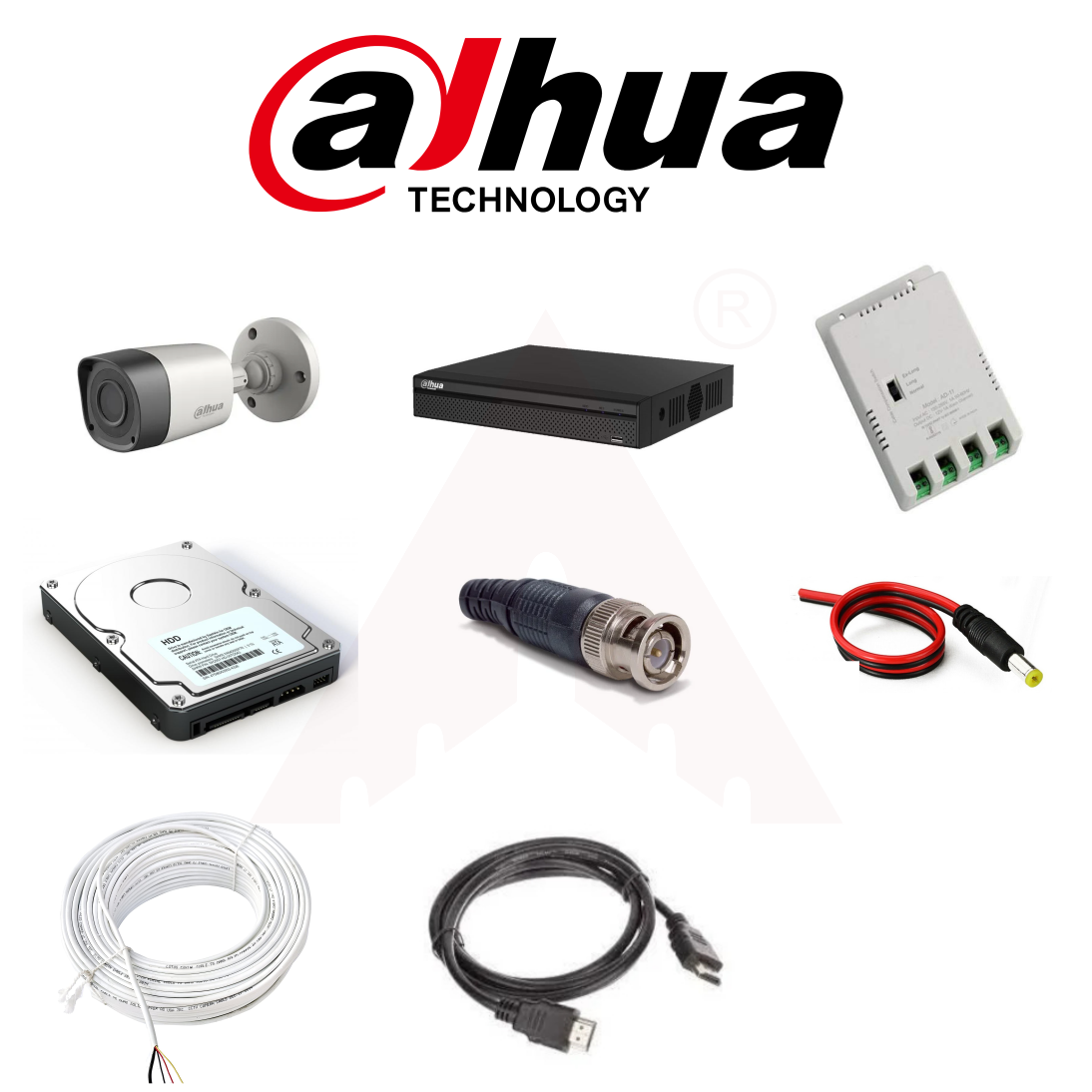
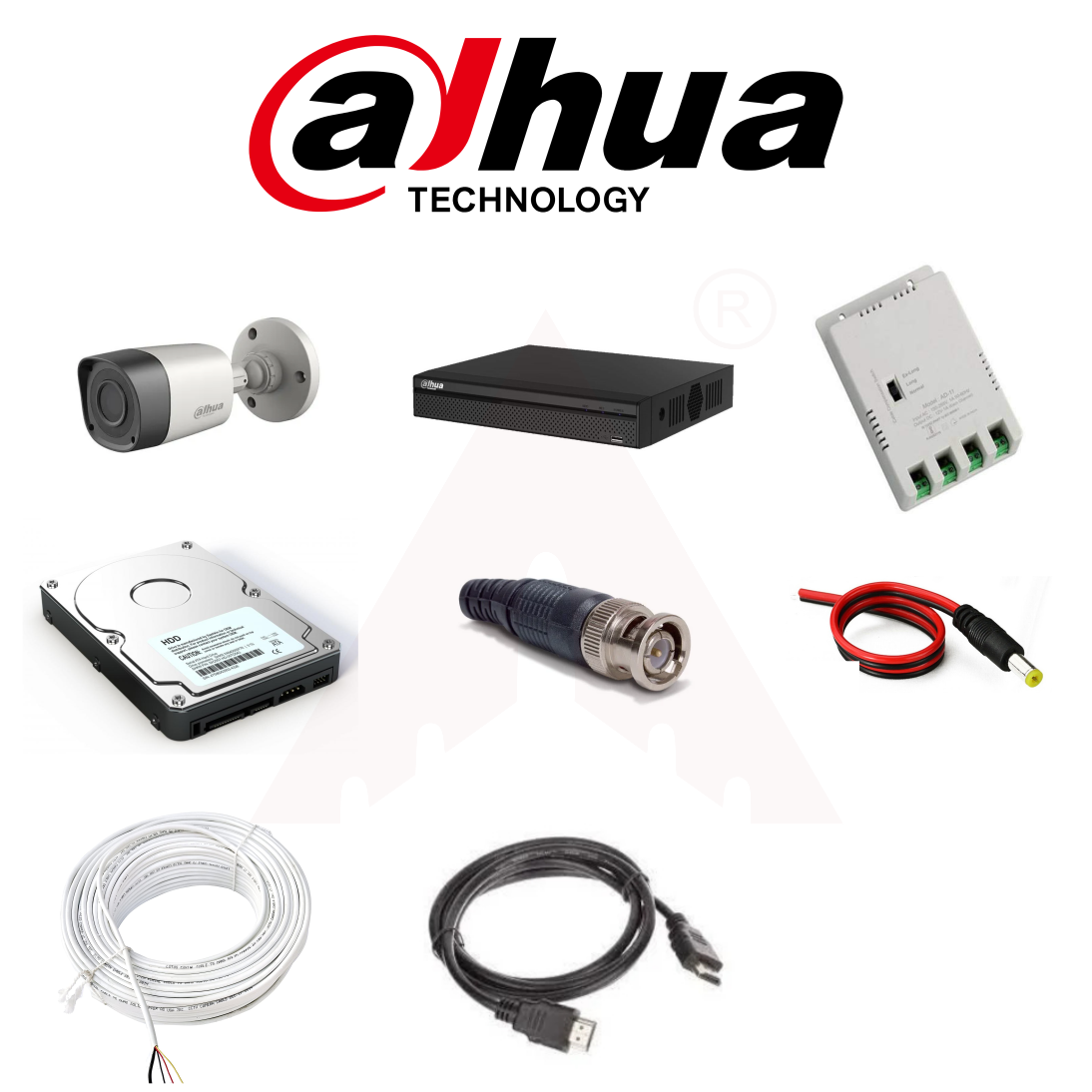
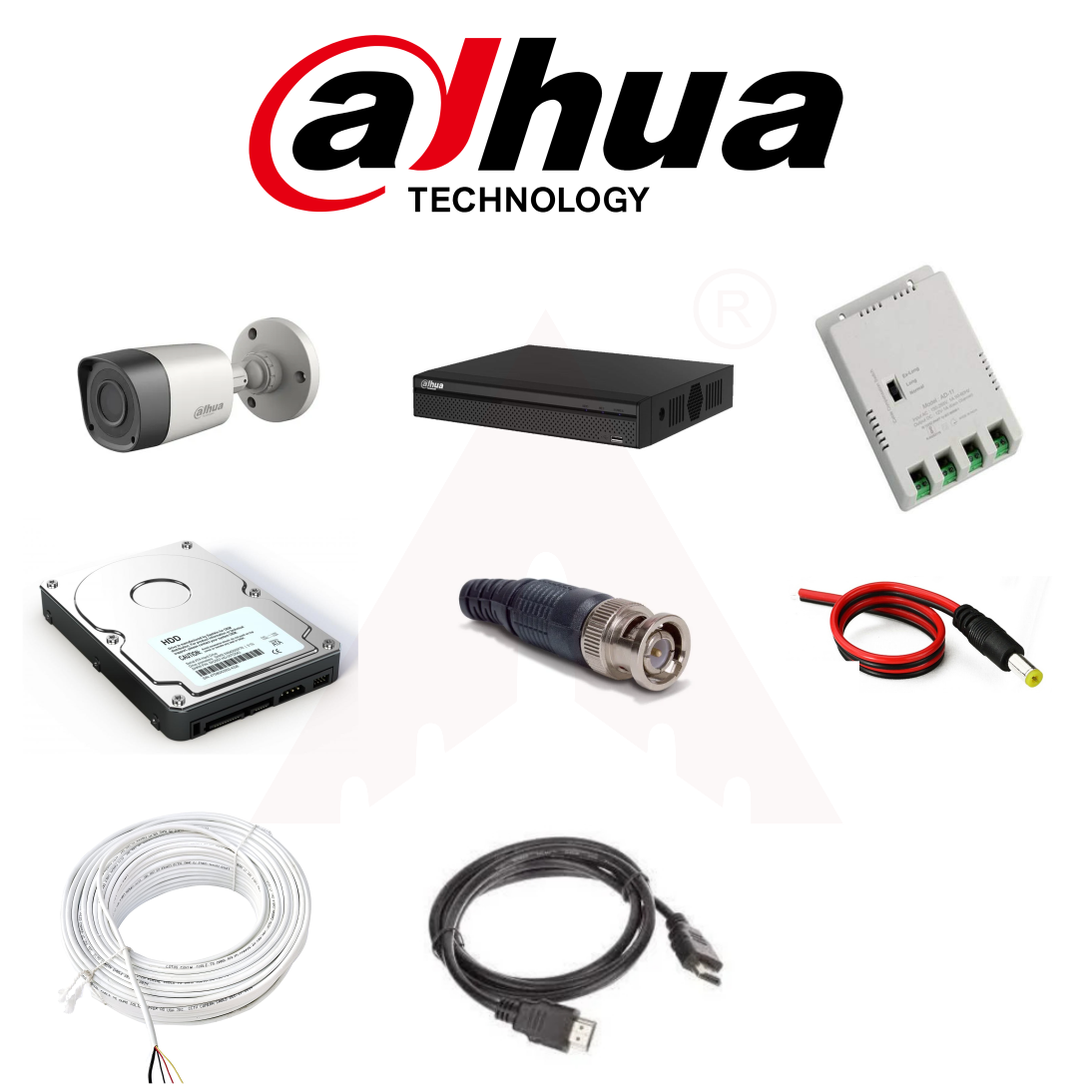
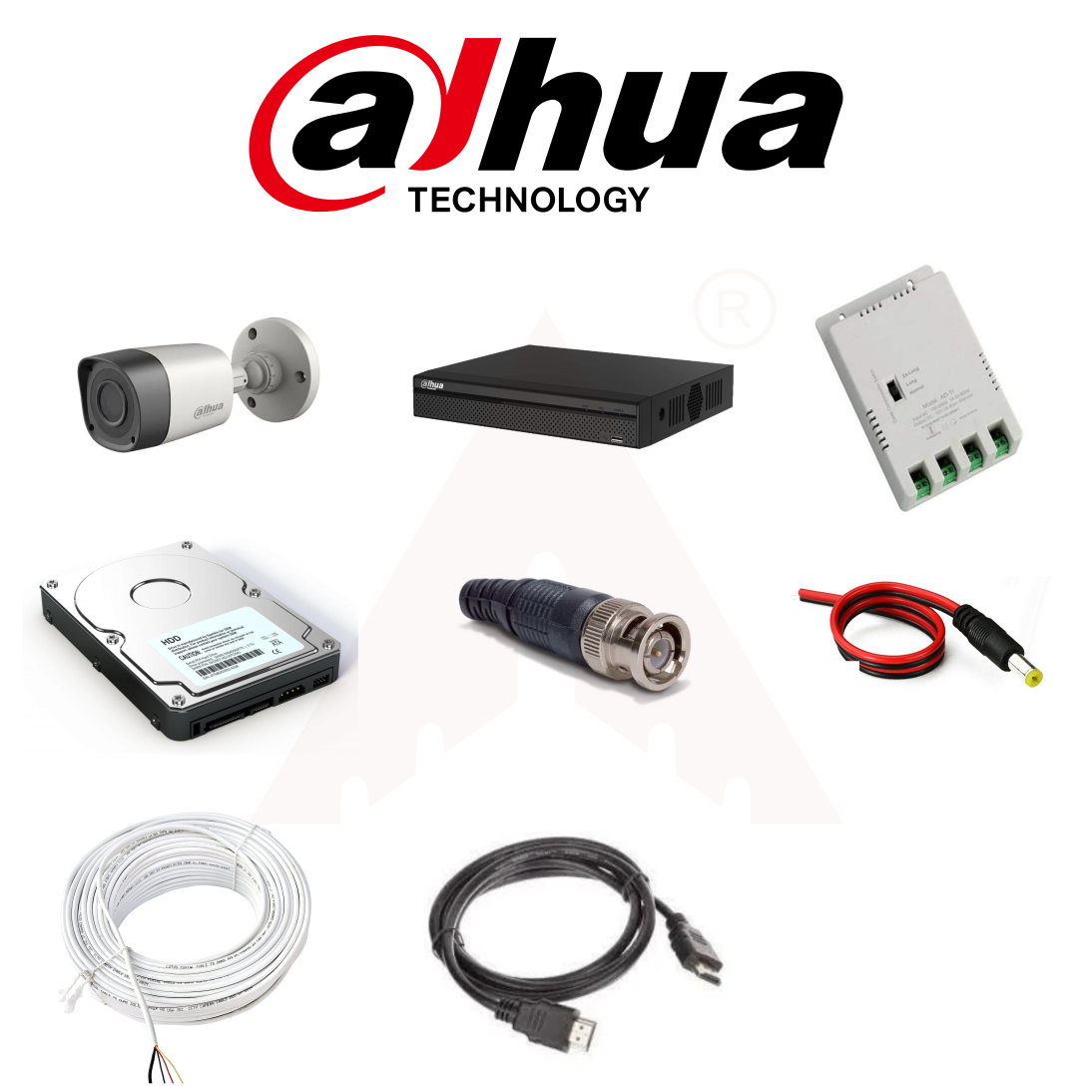
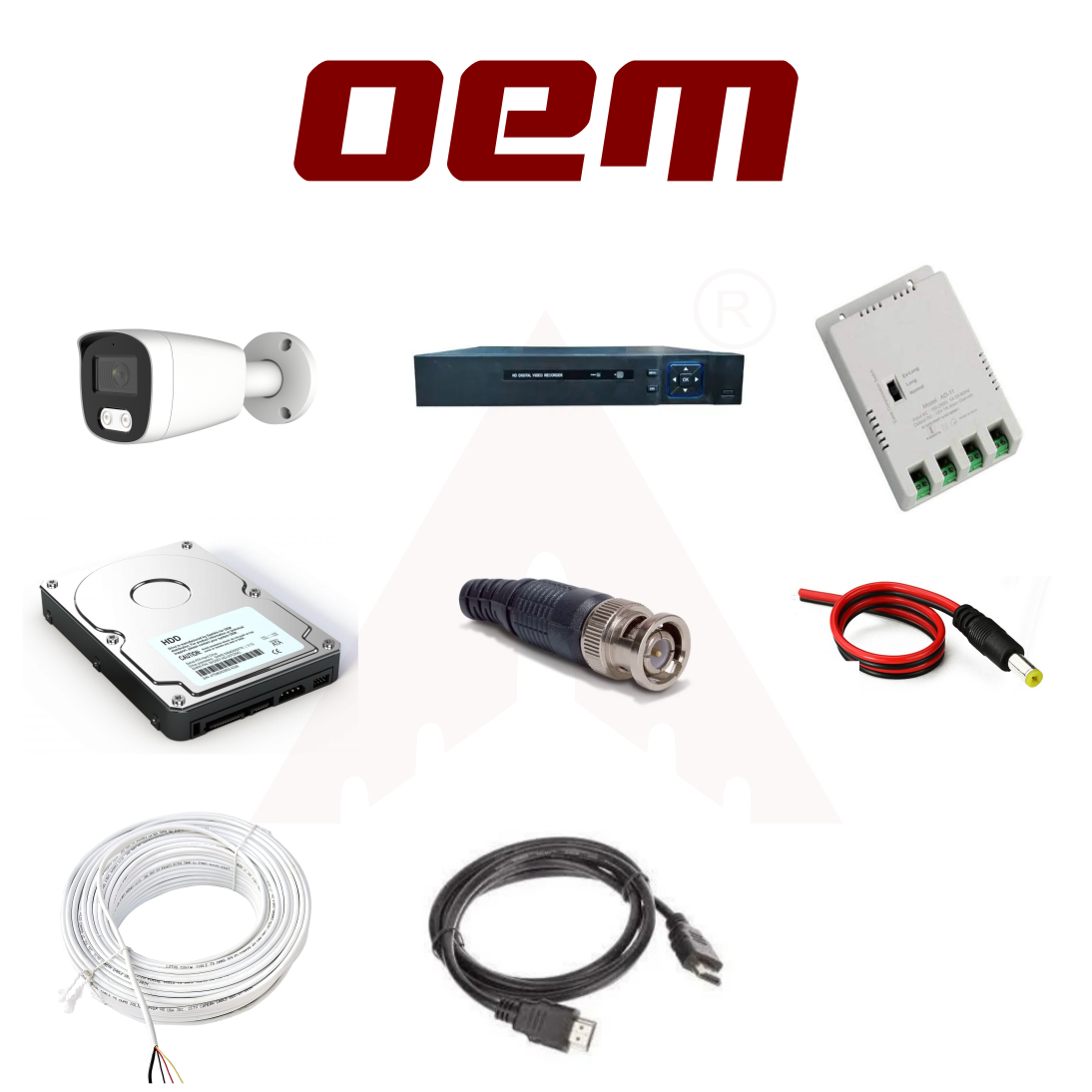
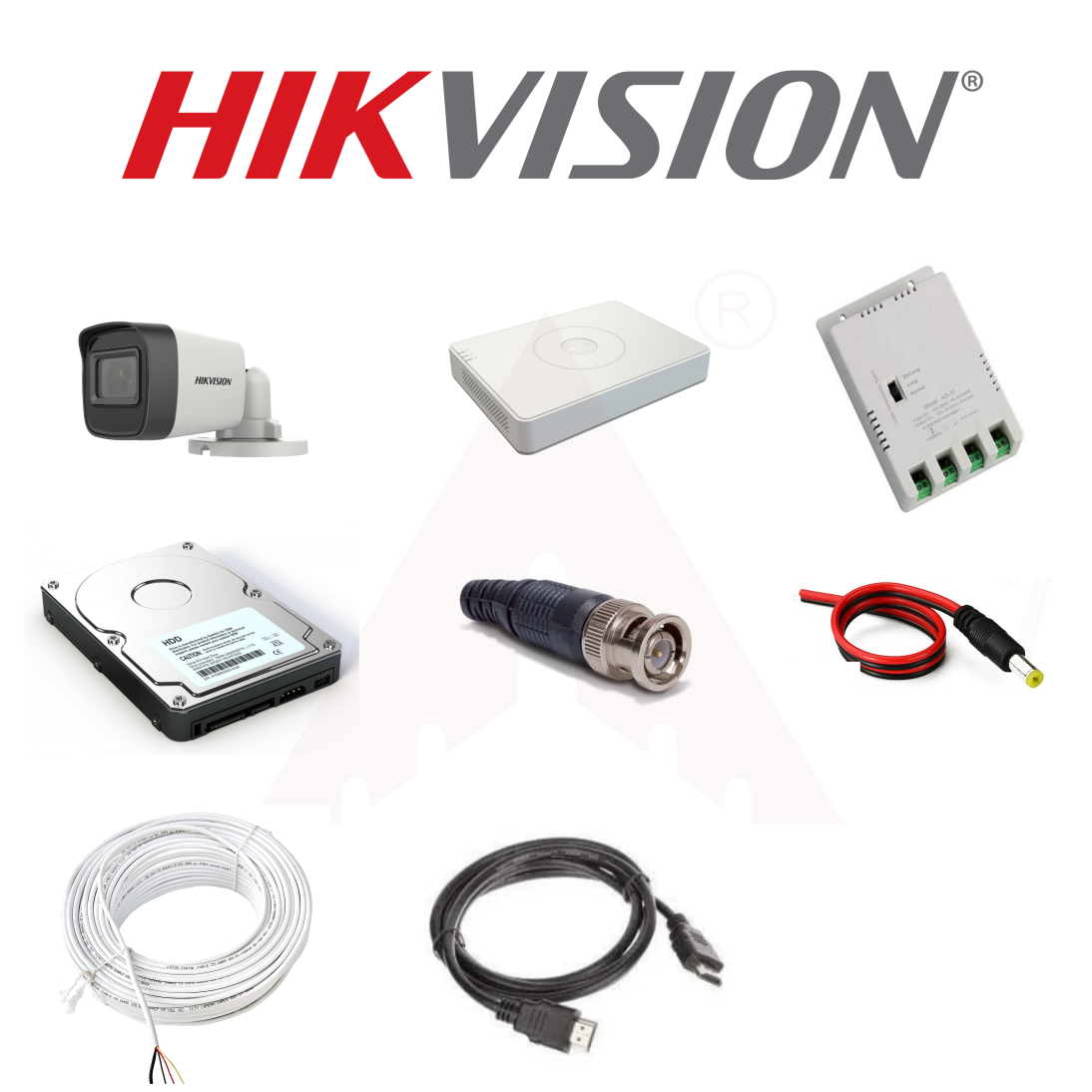
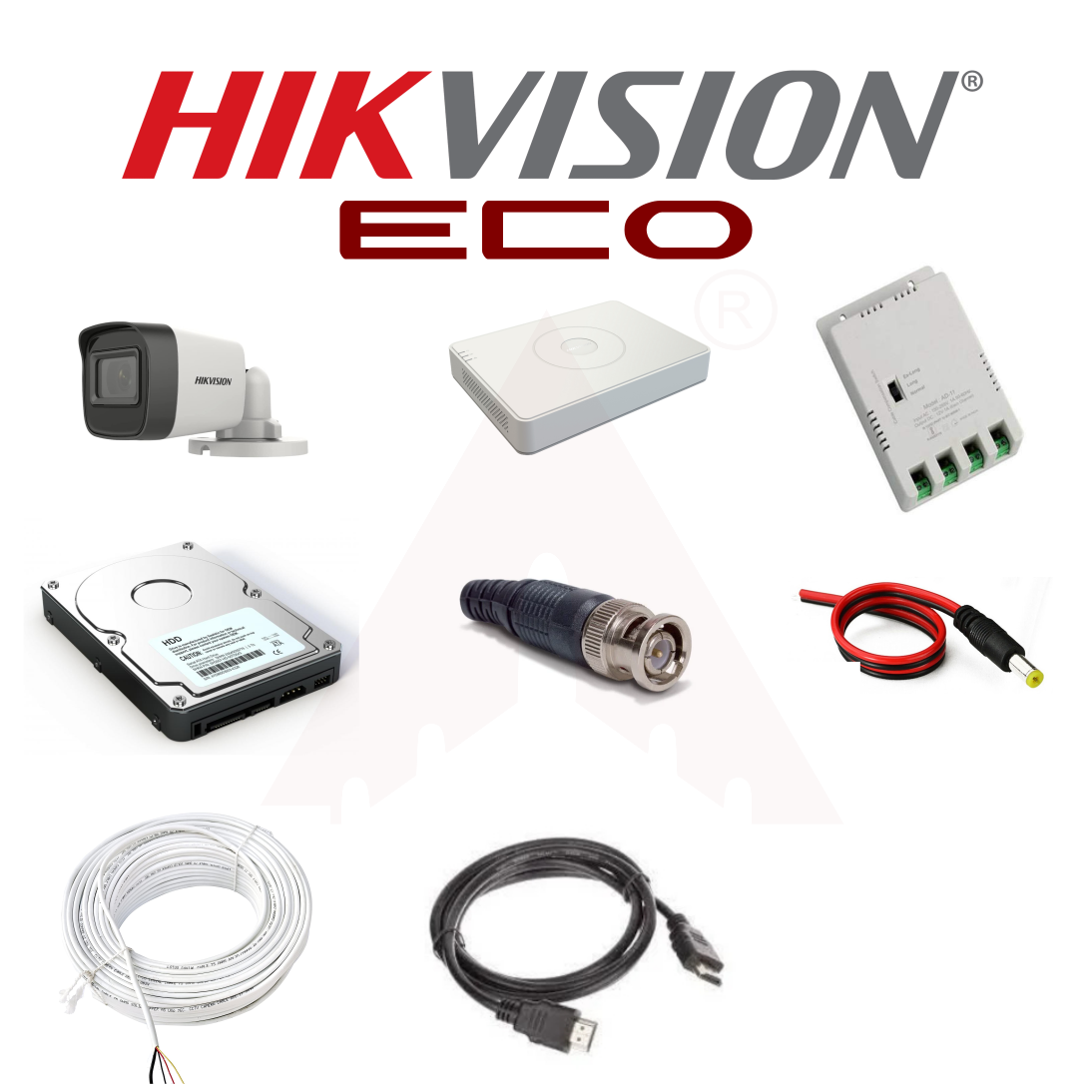
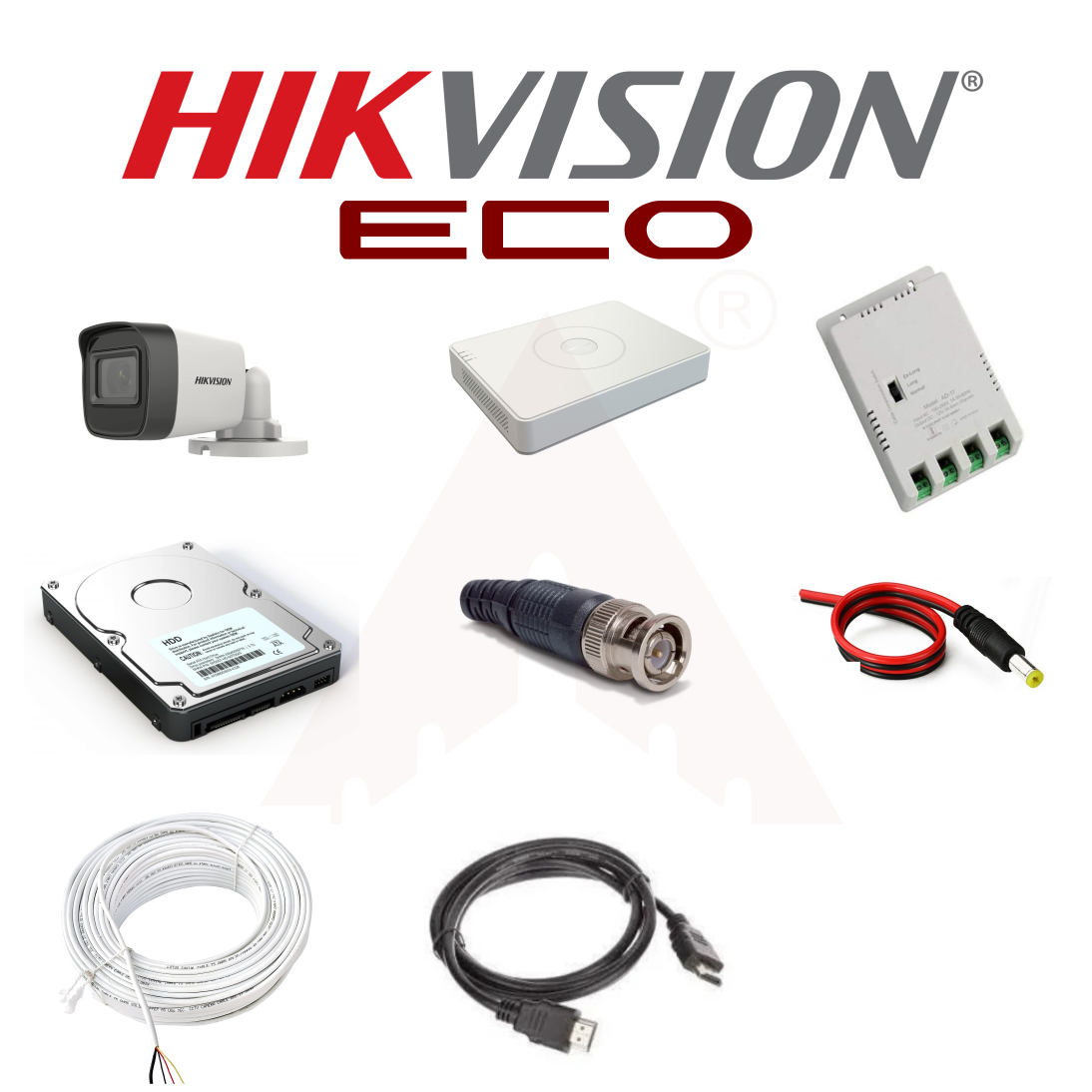
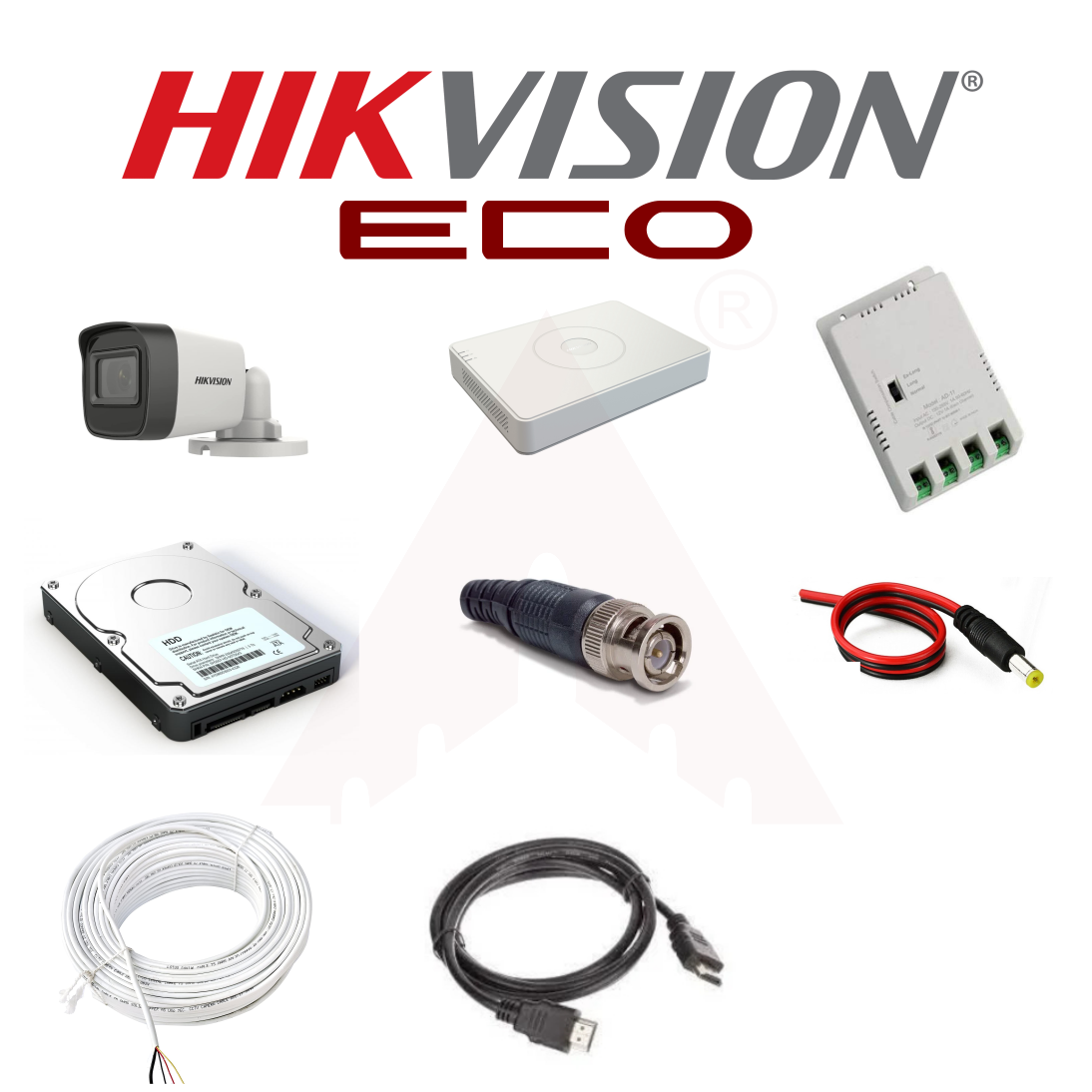
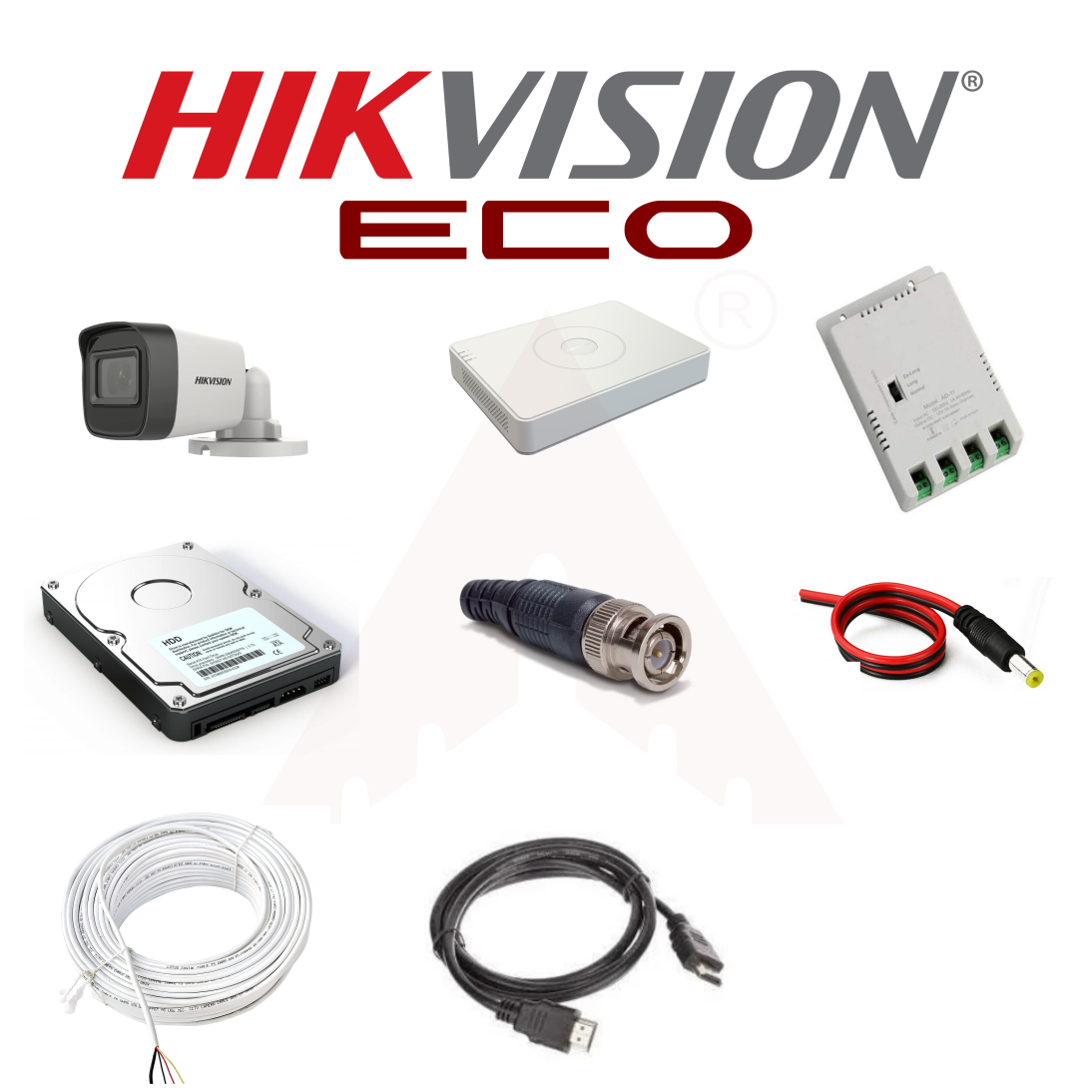
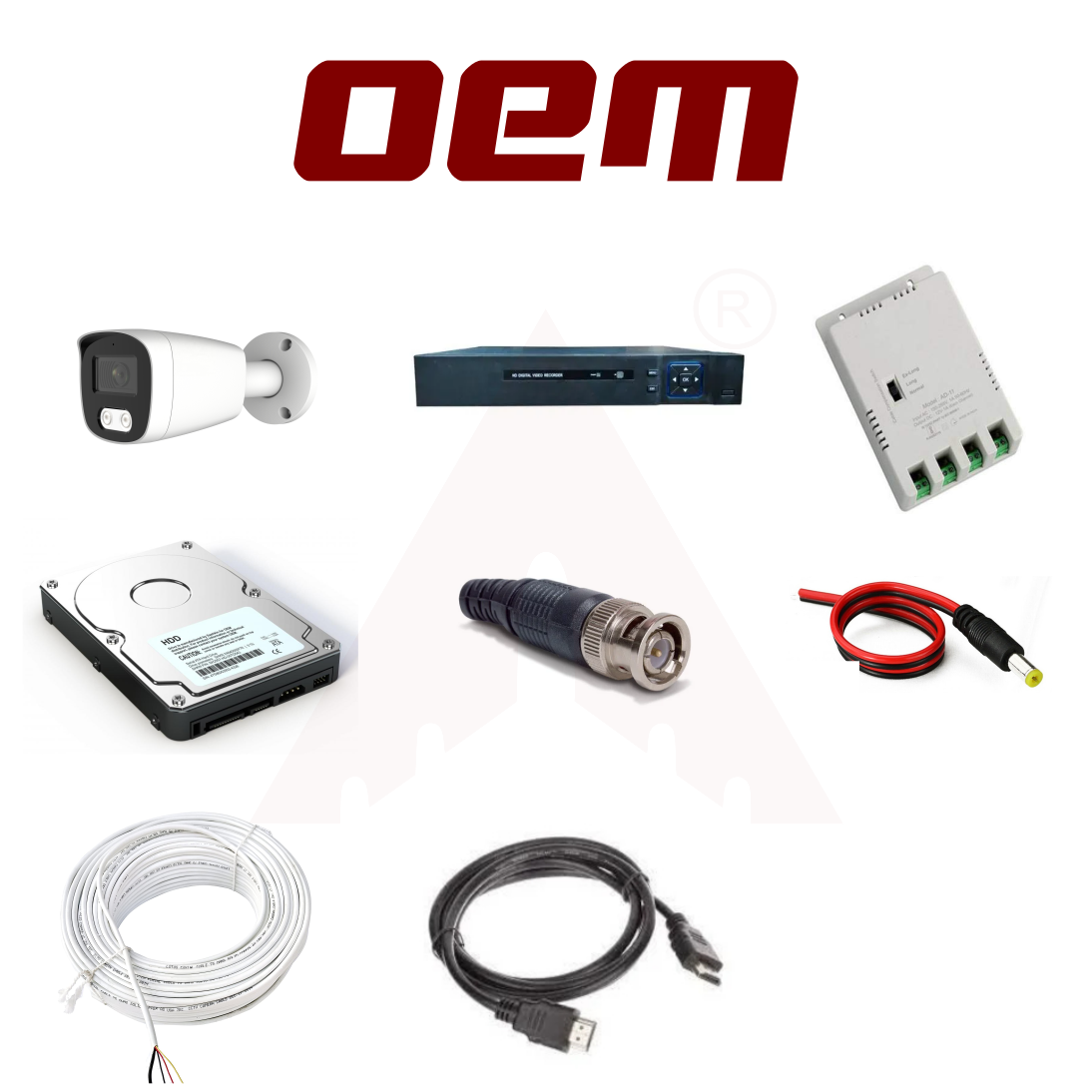
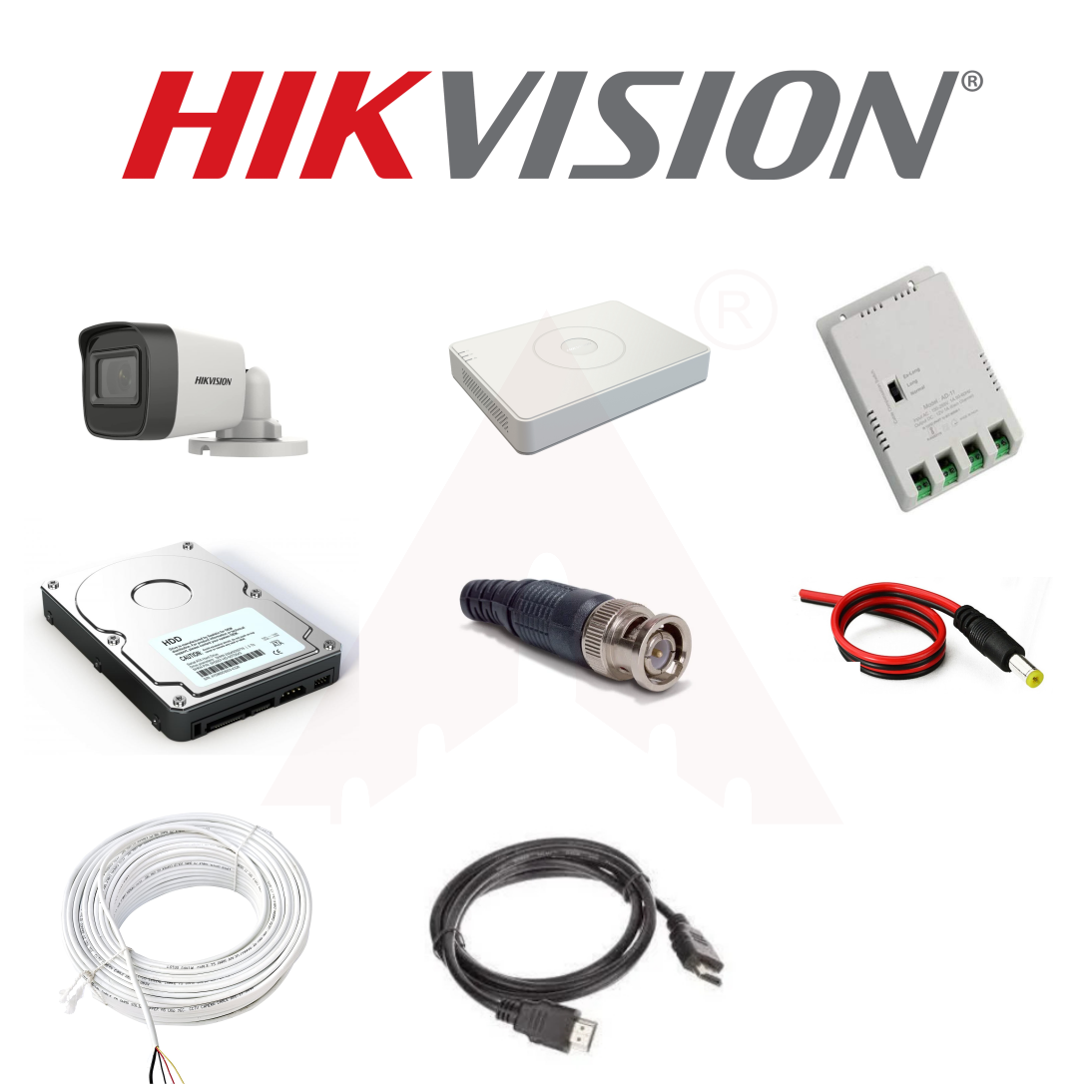
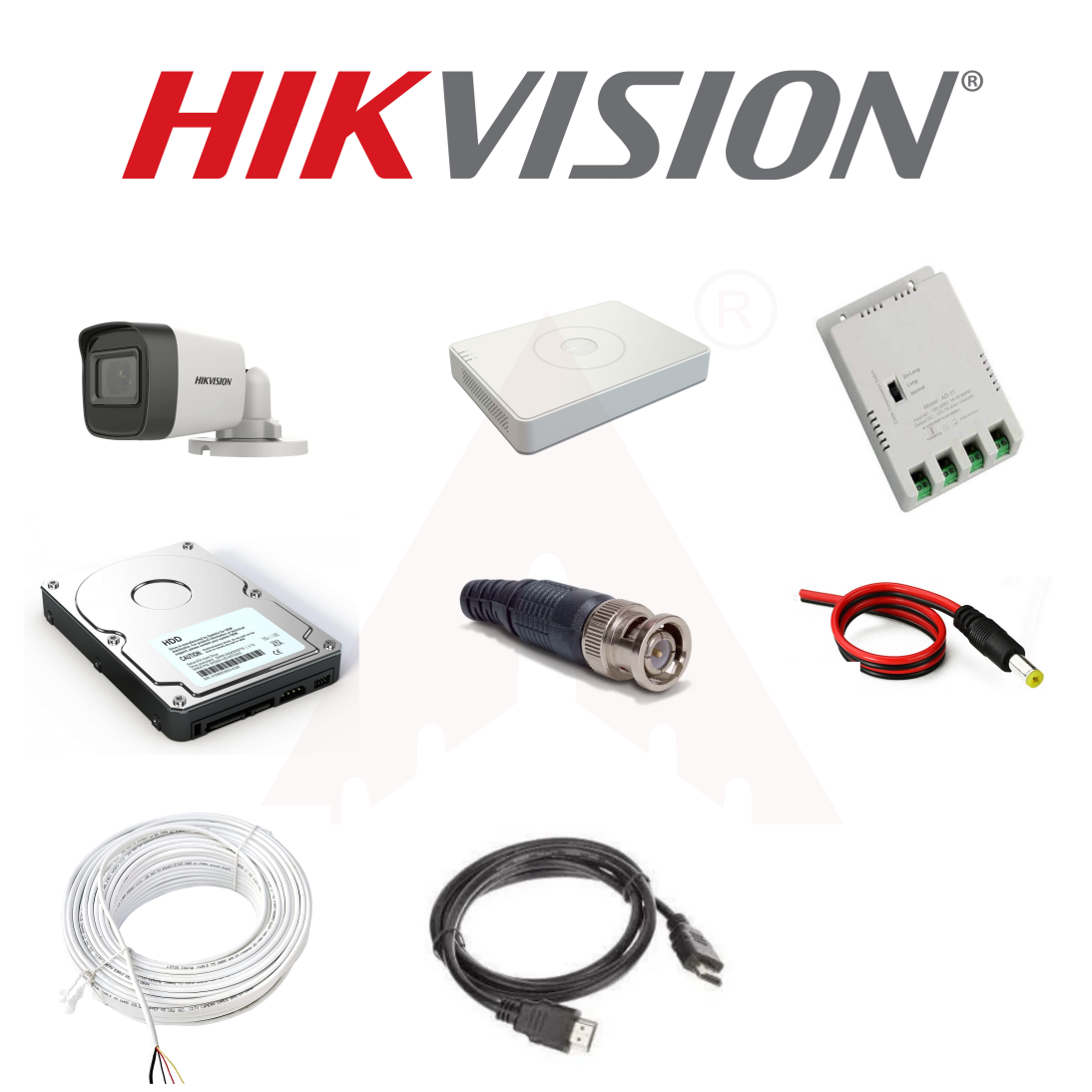
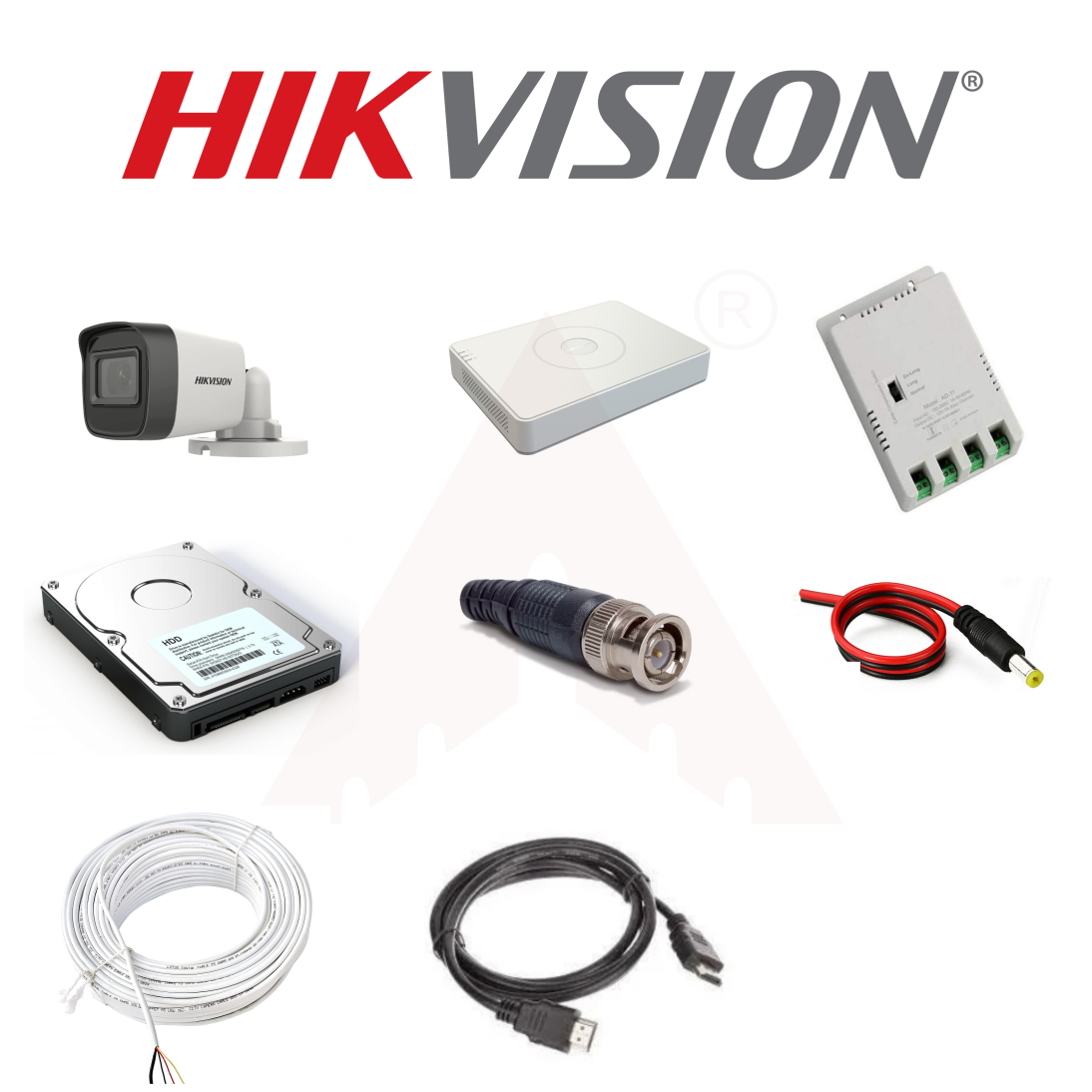
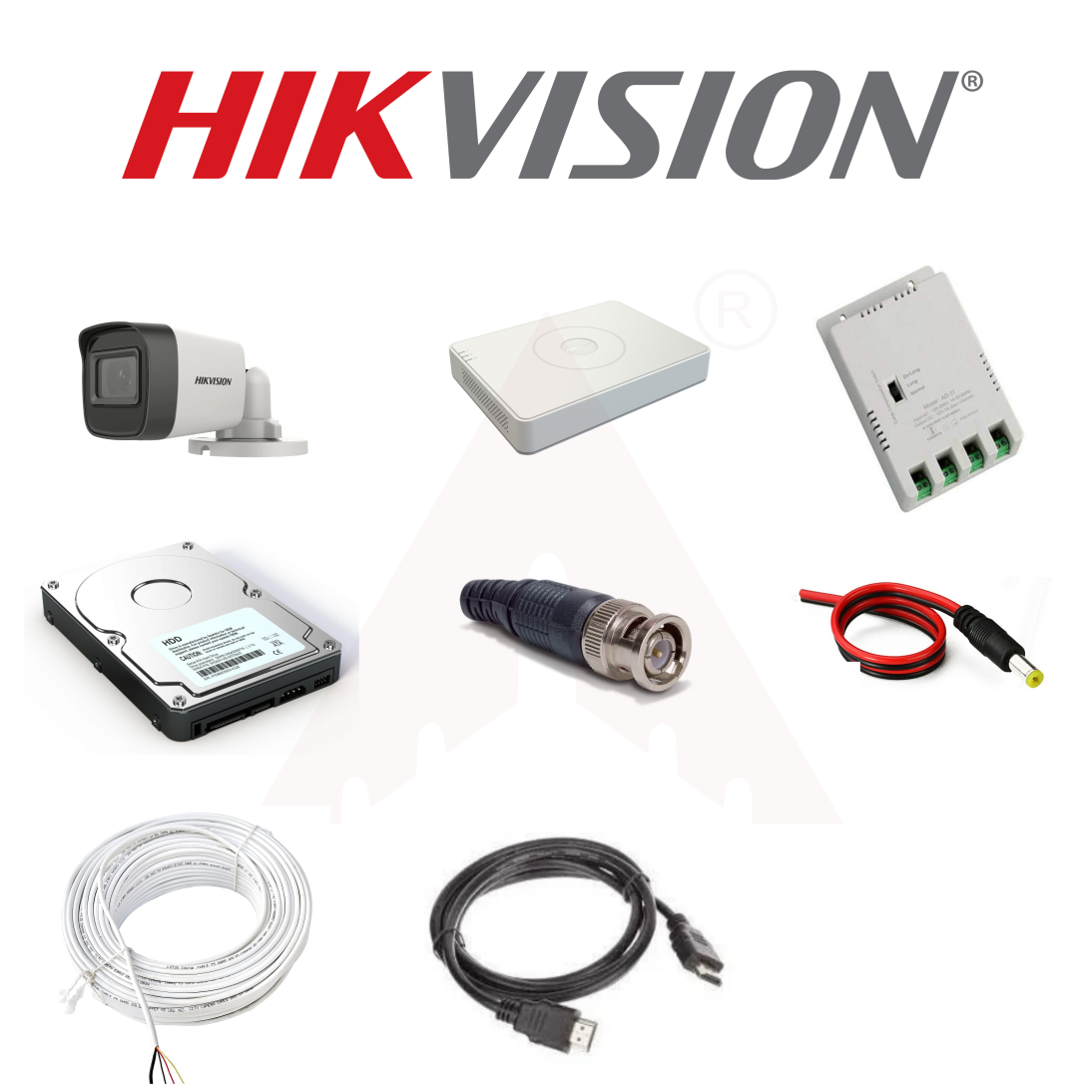
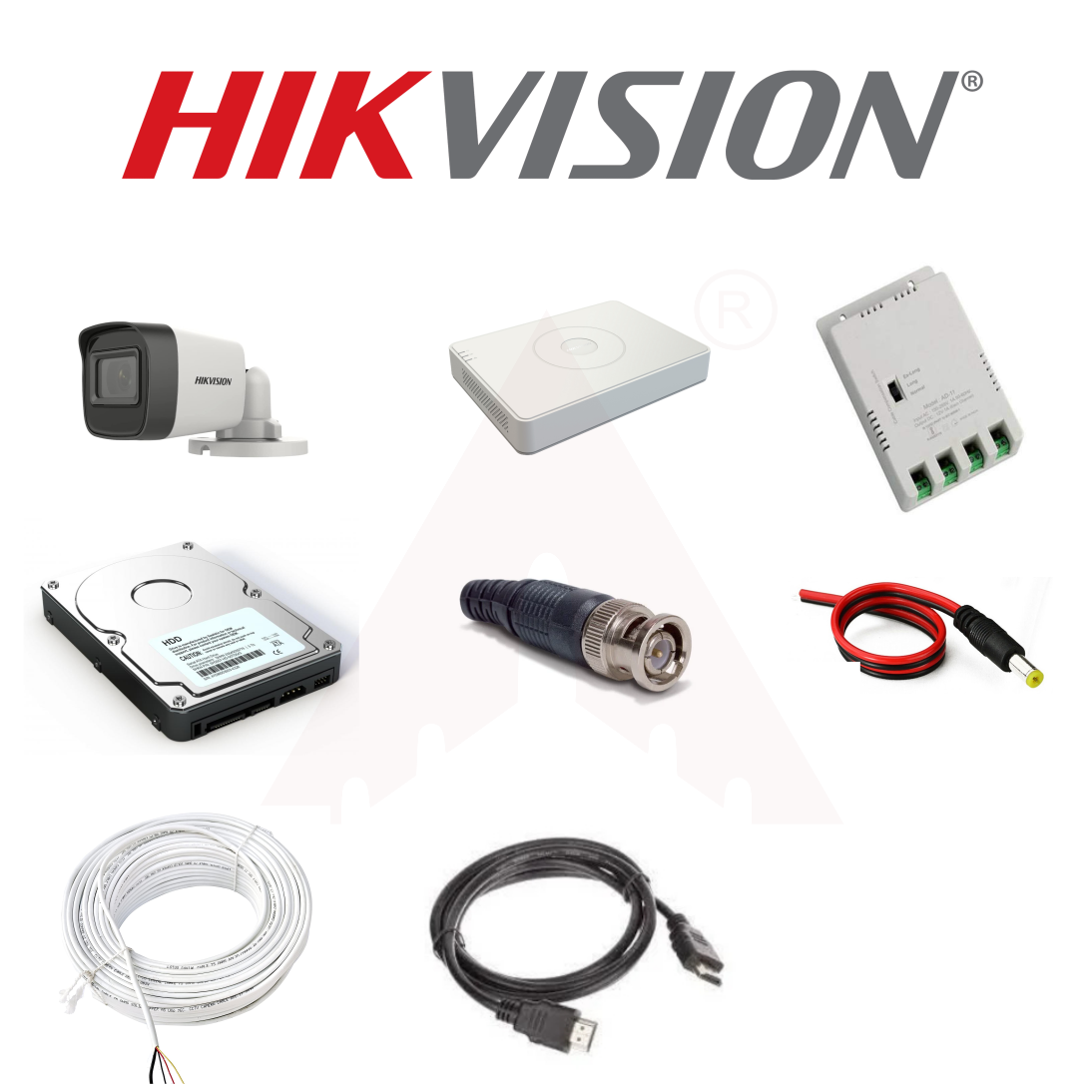
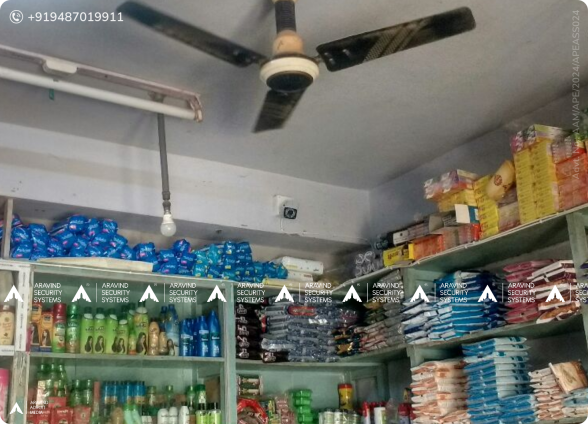
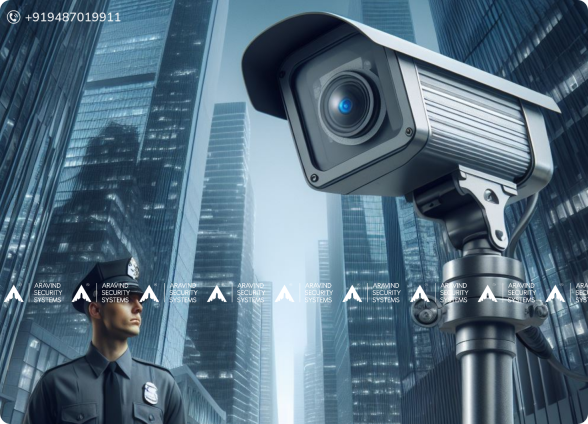
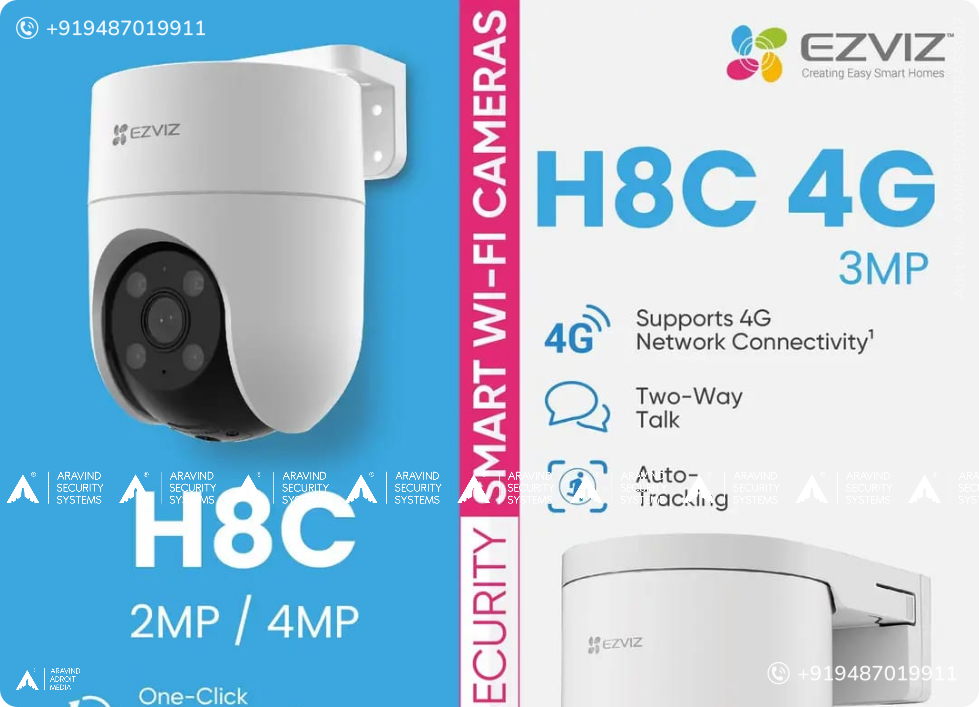
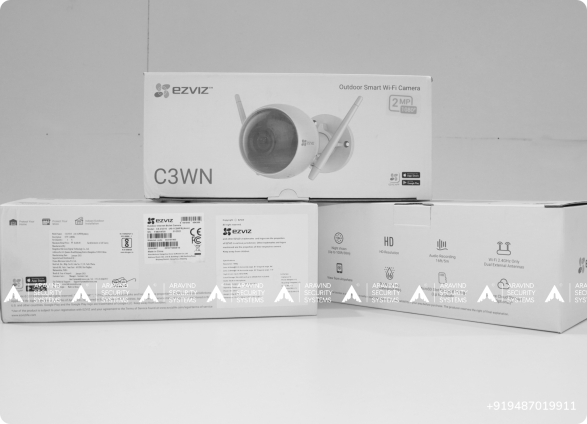
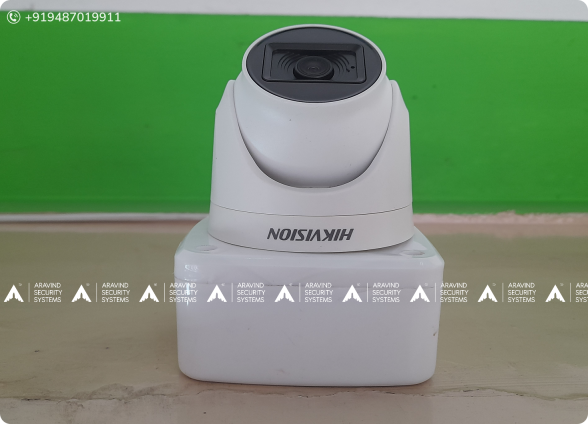
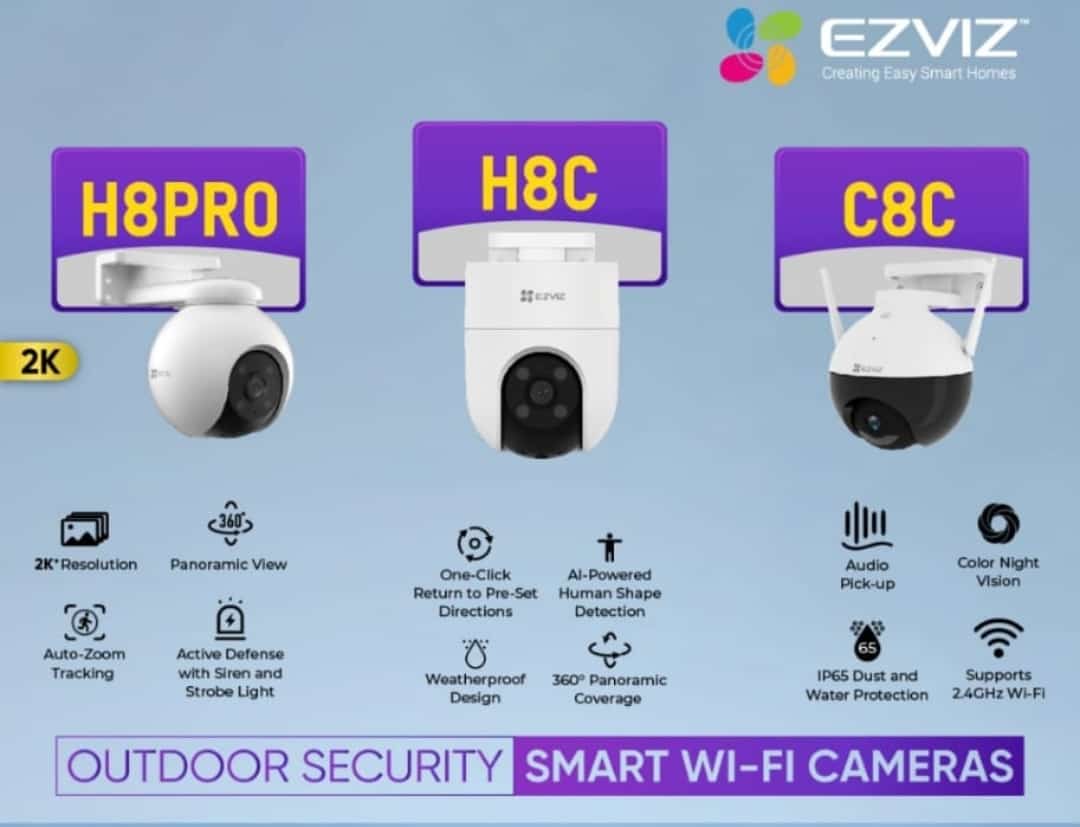

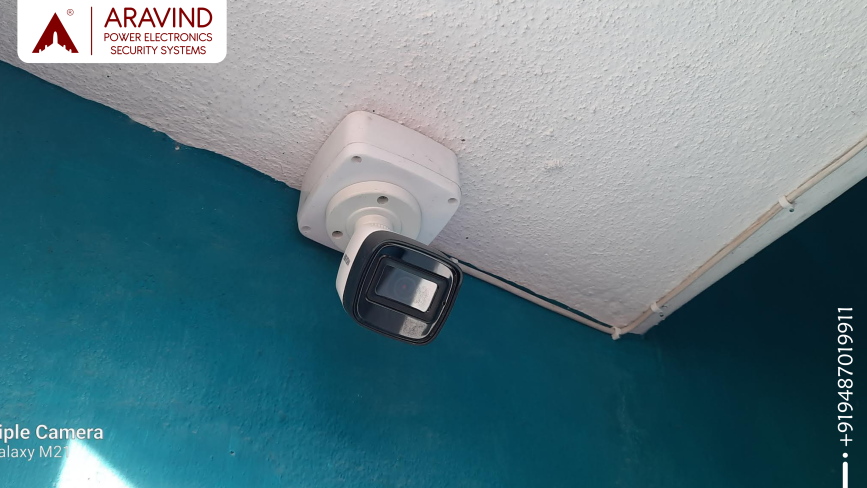



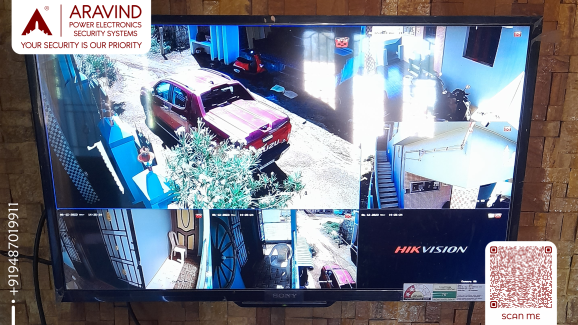
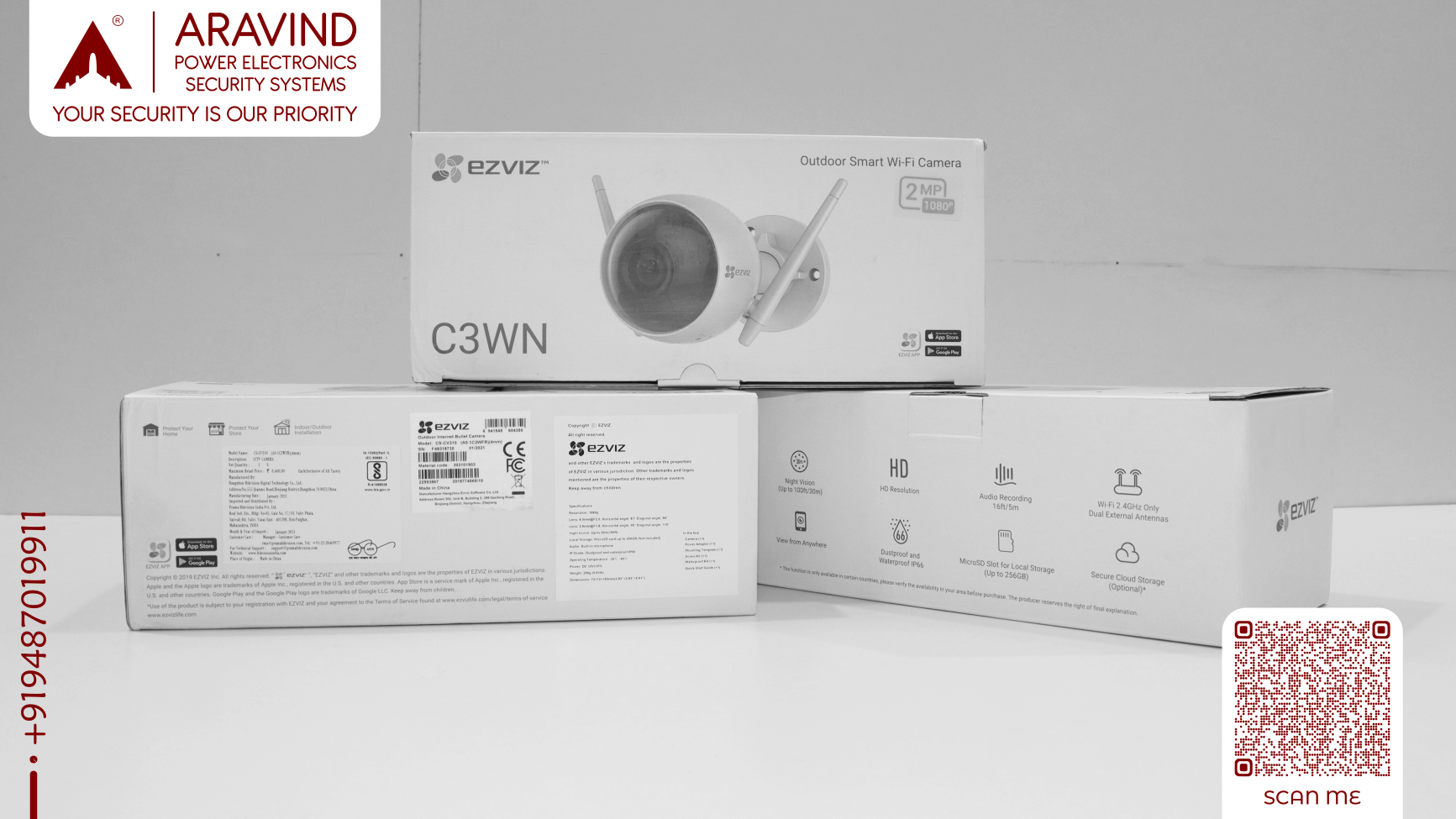
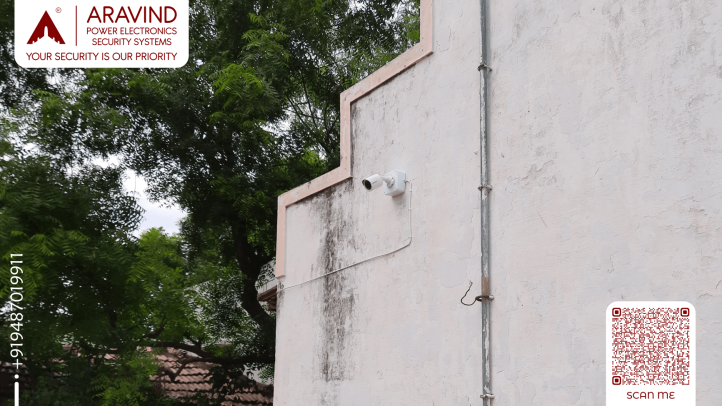

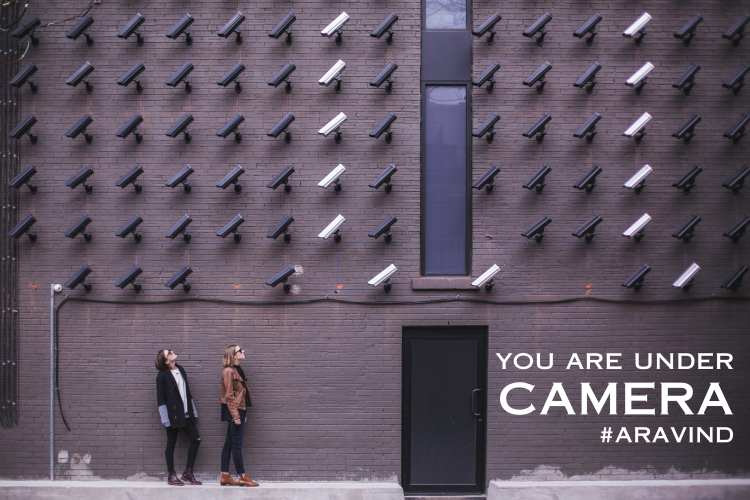
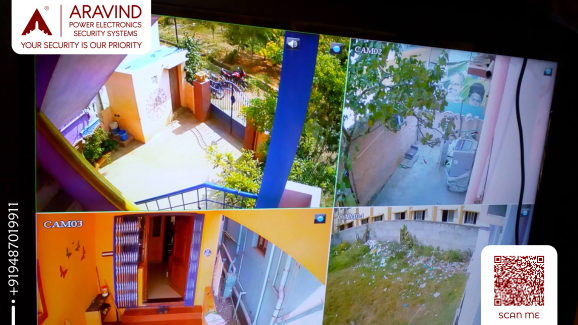
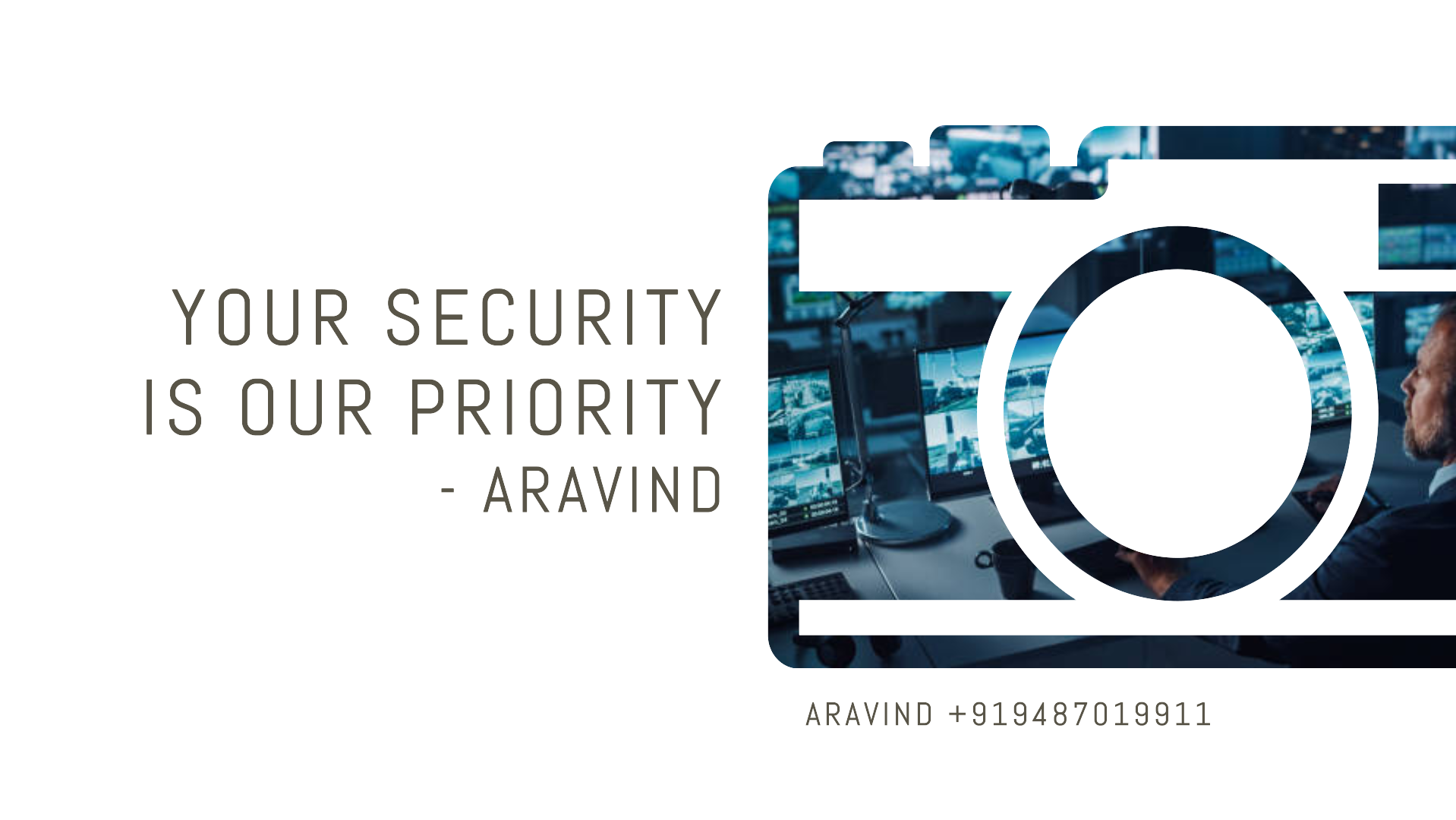

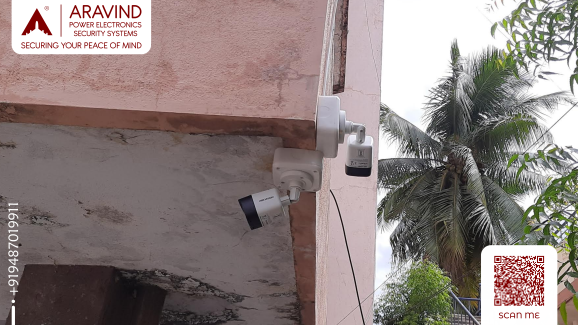
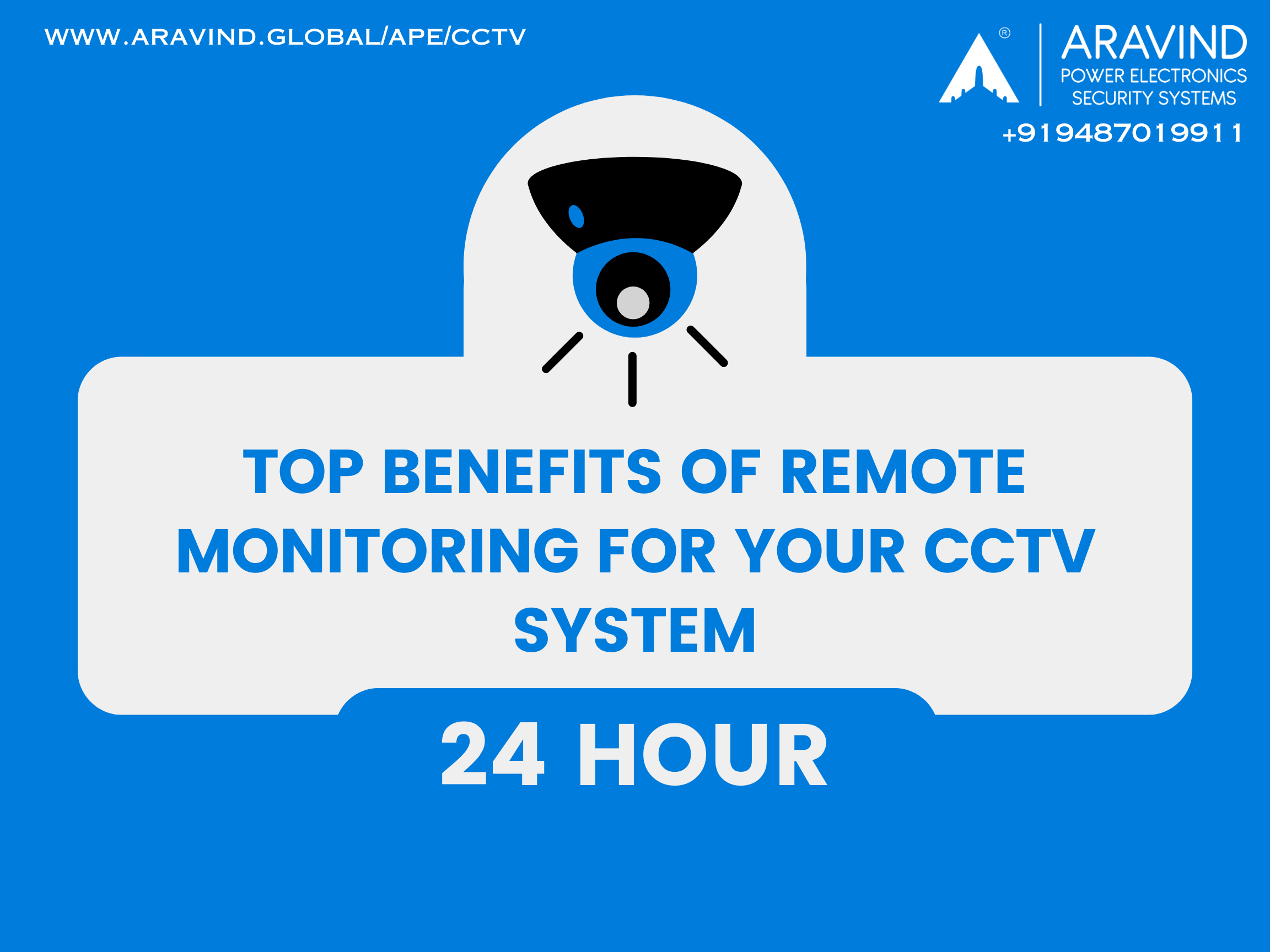
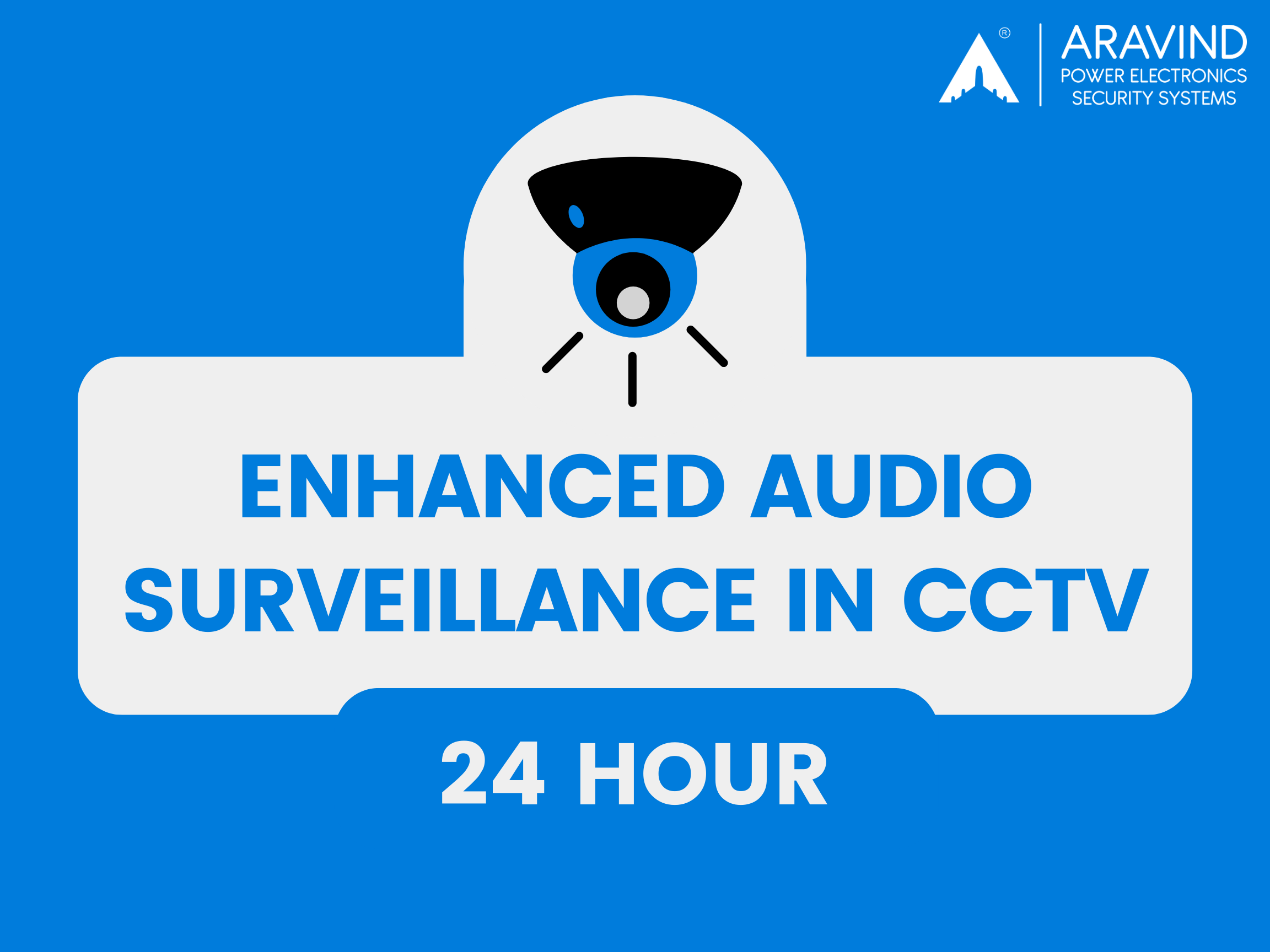
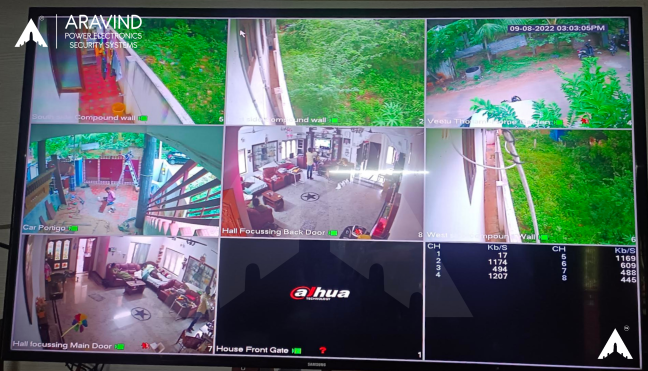
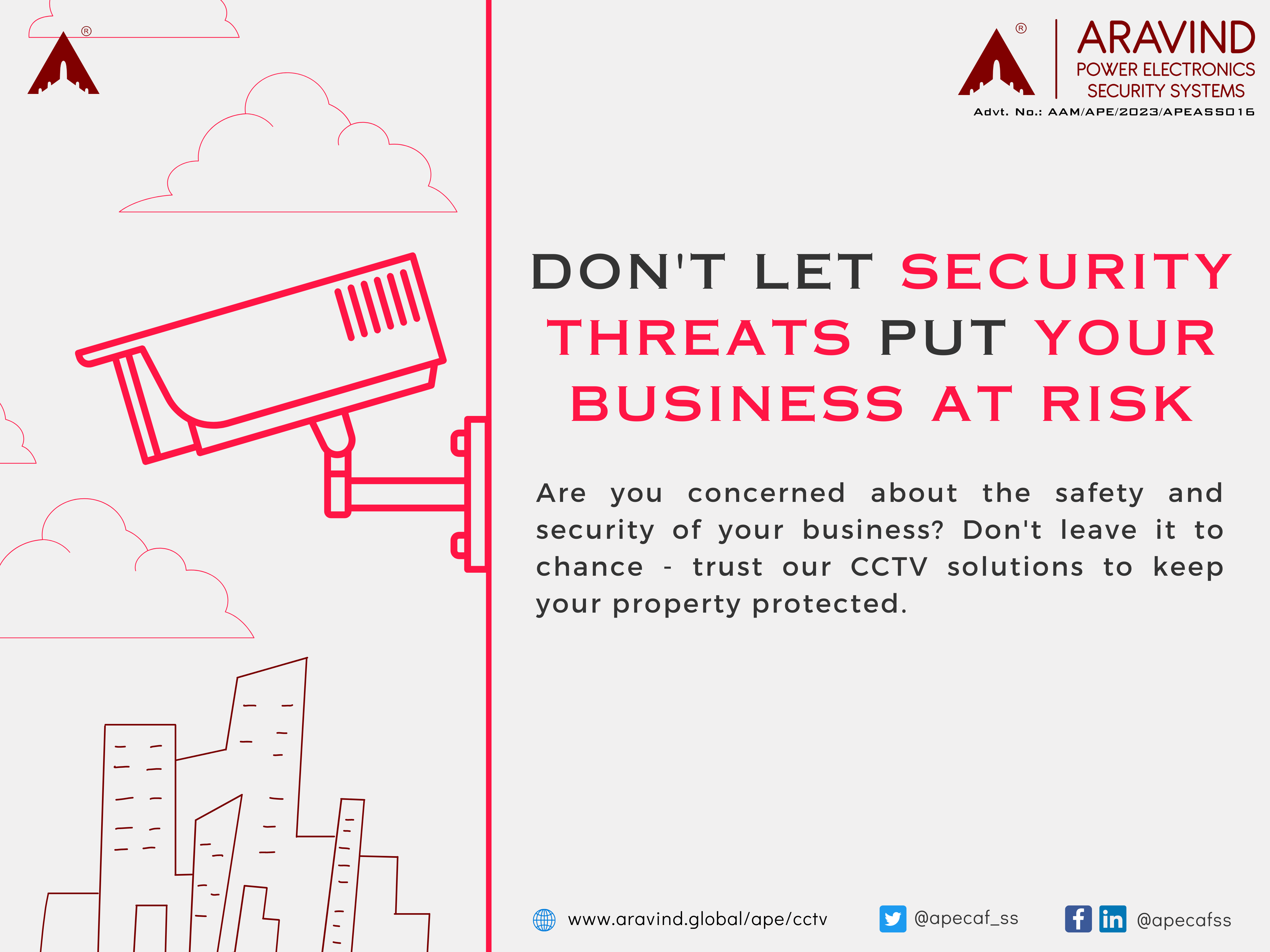



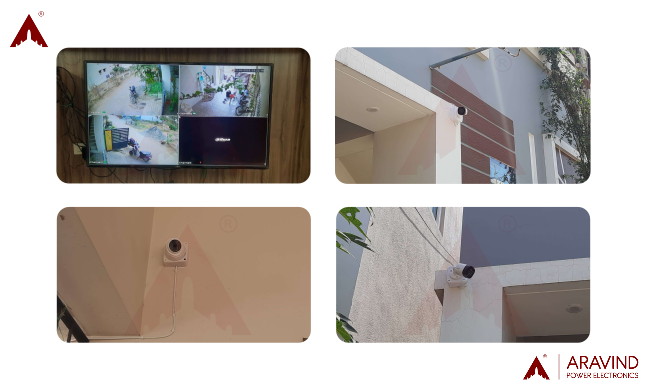
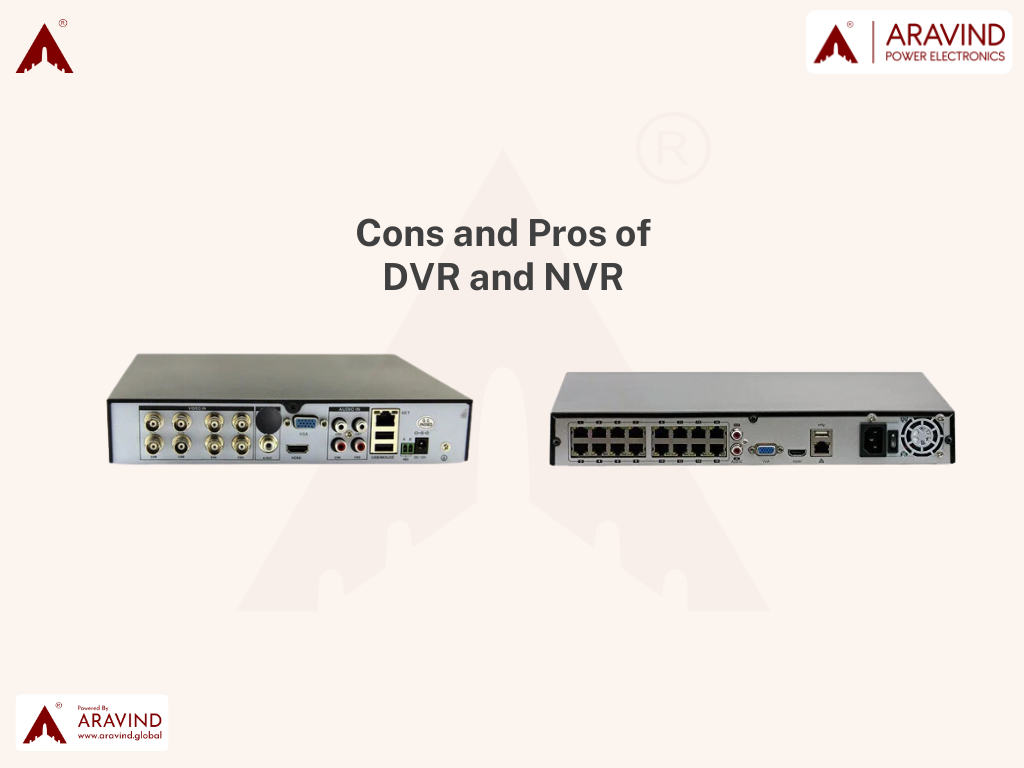
 Sivagangai
Sivagangai